The Resurgence of Essential Bathroom Storage
The medicine cabinet has evolved from a simple mirrored box to a sophisticated storage solution addressing modern spatial challenges and wellness needs. With the average American bathroom shrinking to 40 square feet in new constructions, 68% of renovations now incorporate recessed or surface-mounted medicine cabinets to maximize space efficiency (NKBA 2025 Design Report). The global market for these fixtures is projected to reach $1.46 billion by 2025, reflecting a 6.2% CAGR as homeowners prioritise organised, multifunctional storage solutions.
This comprehensive guide examines five critical scenarios where investing in a medicine cabinet delivers measurable benefits, supported by technical insights and market data.
Five Critical Scenarios for Medicine Cabinet Installation
1. Space-Constrained Bathrooms
Problem: Under-utilized wall space in powder rooms under 50 sq ft, causing countertop clutter
Solution: Recessed cabinets reclaim 4-6 inches of depth without protruding into the room
Impact: Stores 1.2 cubic feet of essentials (equivalent to 15-20 countertop items)
Technical Specification: Slim-profile models under 5" depth (e.g., Robern's 4.3" Ultra-Slim)
Efficiency Data: 18% more usable floor space versus freestanding storage
2. Households Managing Medications
Problem: Medication errors cause 9,500 annual ER visits (CDC Data 2024)
Solution: Secure cabinets with lockable compartments and organization systems
Safety Features:
Childproof magnetic locks (5+ lb release force)
Temperature-controlled zones (65°F-77°F stability)
UV-C protected compartments for light-sensitive medications
Organisational Tools: Adjustable glass shelves, rotating organisers, and pill tracker inserts
3. Smart Home Integration
Problem: Inefficient morning routines waste 15+ minutes daily
Solution: Smart cabinets with integrated technology
Premium Features:
Voice-activated LED lighting (Alexa/Google Assistant compatible)
Anti-fog mirrors with automatic defrosting
Bluetooth medication reminders synced to smartphones
Market Trend: 47% YoY growth in smart cabinet installations (NKBA Tech Adoption Report)
4. Accessibility Needs
Problem: Limited mobility users struggling with standard cabinetry
Solution: ADA-compliant configurations
Inclusive Designs:
Tilt-down mirrors (15°-30° angle range)
Lever-style handles requiring <5 lb operating force
Height-adjusted mounting (44"-48" centerline)
Demographic Driver: 28% growth in accessibility-focused models for ageing-in-place renovations
5. Moisture-Prone Environments
Problem: Humidity damage reduces cabinet lifespan by 72%
Solution: Humidity-resistant construction
Material Science:
Marine-grade stainless steel hinges
Thermofused melamine interiors (0% moisture absorption)
Silicone-sealed edges prevent steam intrusion
Performance Data: 50,000-hour lifespan in 80%+ humidity environments
Material Selection Guide
Comparative Analysis
|
Material |
Best For |
Lifespan |
Maintenance |
Cost Range |
|
304 Stainless Steel |
Coastal/high-humidity areas |
20+ years |
Monthly wipe with vinegar solution |
$350-$850 |
|
Anodised Aluminium |
Budget-conscious installations |
12-15 years |
Avoid abrasive cleaners |
$150-$400 |
|
Solid Wood |
Traditional bathrooms |
15-20 years |
Quarterly resealing |
$600-$1,200 |
|
Tempered Glass |
Contemporary spaces |
10-12 years |
Daily microfiber cleaning |
$450-$900 |
Source: NKBA Material Durability Index 2024
Technological Innovations
Smart Features Evolution
Health Monitoring: FDA-cleared models with urinalysis sensors (glucose/protein tracking) launching 2026
Adaptive Lighting: Circadian-rhythm syncing (3000K-5000K auto-adjustment)
Inventory Management: AI-powered replenishment alerts when supplies run low
Efficiency Advancements
Energy Recovery: Solar-powered LED systems reduce electricity consumption by 83% vs traditional lighting
Water Resistance: Hydrophobic nanocoatings maintain clarity in 100% humidity
Space Optimisation: Motorised cabinets extend only when accessed
Installation Planning
Professional Assessment Checklist
1. Wall Analysis:
Stud spacing verification (16" on-centre standard)
Utility scanning (electrical/plumbing detection)
Material compatibility (drywall vs. tile vs. plaster)
2. Height Optimization:
Standard users: 60"-65" centerline from floor
Accessibility needs: 44"-48" centerline
Children's bathrooms: 42"-45" with step stools
3. Recessed Cavity Preparation:
Minimum 2x6 blocking between studs
Moisture barrier installation
GFCI circuit within 3 feet (NEC 2025 compliance)
Cost-Benefit Analysis
Long-Term Value Proposition
|
Investment Tier |
Initial Cost |
10-Year Value |
ROI Factors |
|
Basic Surface-Mount |
$150-$350 |
$850 |
Space savings + reduced organizers |
|
Mid-Range Recessed |
$400-$900 |
$2,100 |
Time efficiency + medication safety |
|
Premium Smart |
$1,200-$2,500 |
$4,800 |
Health monitoring + property value boost |
Source: NKBA 2025 ROI Report + Zillow Data
Regional Considerations
Climate-Specific Solutions
|
Region |
Primary Challenge |
Recommended Solution |
|
Northeast |
Freeze-thaw cycling |
Insulated backing panels |
|
Southwest |
Hard water damage |
Calcium-resistant coatings |
|
Coastal |
Salt-air corrosion |
316 marine-grade stainless |
|
Humid Zones |
Mould growth |
Antimicrobial finishes |

Future Trends (2026-2030)
Emerging Innovations
Health Integration:
Biometric scanners for vital sign monitoring
Prescription synchronization via EHR connectivity
Sustainable Materials:
Recycled aluminium frames (37% lower carbon footprint)
Self-cleaning photocatalytic glass
Space Adaptation:
Retractable designs for tiny homes (<30 sq ft bathrooms)
AI-powered organisational optimisation
Market Projections
Global smart cabinet segment to reach $13.2 billion by 2029
45% of premium models to feature health monitoring by 2027
62% reduction in medication errors with smart cabinet adoption
Professional Recommendations
When to Consult Experts
Structural Modifications: Load-bearing wall alterations
Historic Homes: Pre-1978 construction (lead paint risk)
Smart Home Integration: Dedicated circuit installations
Accessibility Compliance: ADA Title III requirement
Maintenance Protocol
Daily: Microfiber wipe-down with pH-neutral cleaner
Monthly: Hardware lubrication (silicone-based)
Annual: Sealant inspection and electrical safety check
Conclusion: Strategic Storage Solutions
The modern medicine cabinet delivers unparalleled value when:
Spatial Efficiency is critical in sub-50 sq ft bathrooms
Medication Safety requires secure, organized storage
Smart Home Integration enhances daily routines
Accessibility needs demand inclusive design
Humidity Management is essential for product longevity
With prices ranging from $150 for basic aluminium units to $2,500 for advanced smart systems, medicine cabinets represent a strategic investment in both functional utility and property value—delivering up to 4.8x return over ten years through space optimization, time savings, and healthcare cost avoidance.
As bathroom designs evolve toward multifunctional efficiency, the medicine cabinet has transformed from utilitarian storage to an intelligent centrepiece of modern living.
Sources & Citations:
National Kitchen & Bath Association (NKBA): 2025 Bathroom Storage Trends Report
Centres for Disease Control: Medication Error Prevention Guidelines
Global Market Insights: Medicine Cabinets Market Analysis 2025
Americans with Disabilities Act: Bathroom Fixture Standards
ENERGY STAR: Residential Lighting Efficiency Data

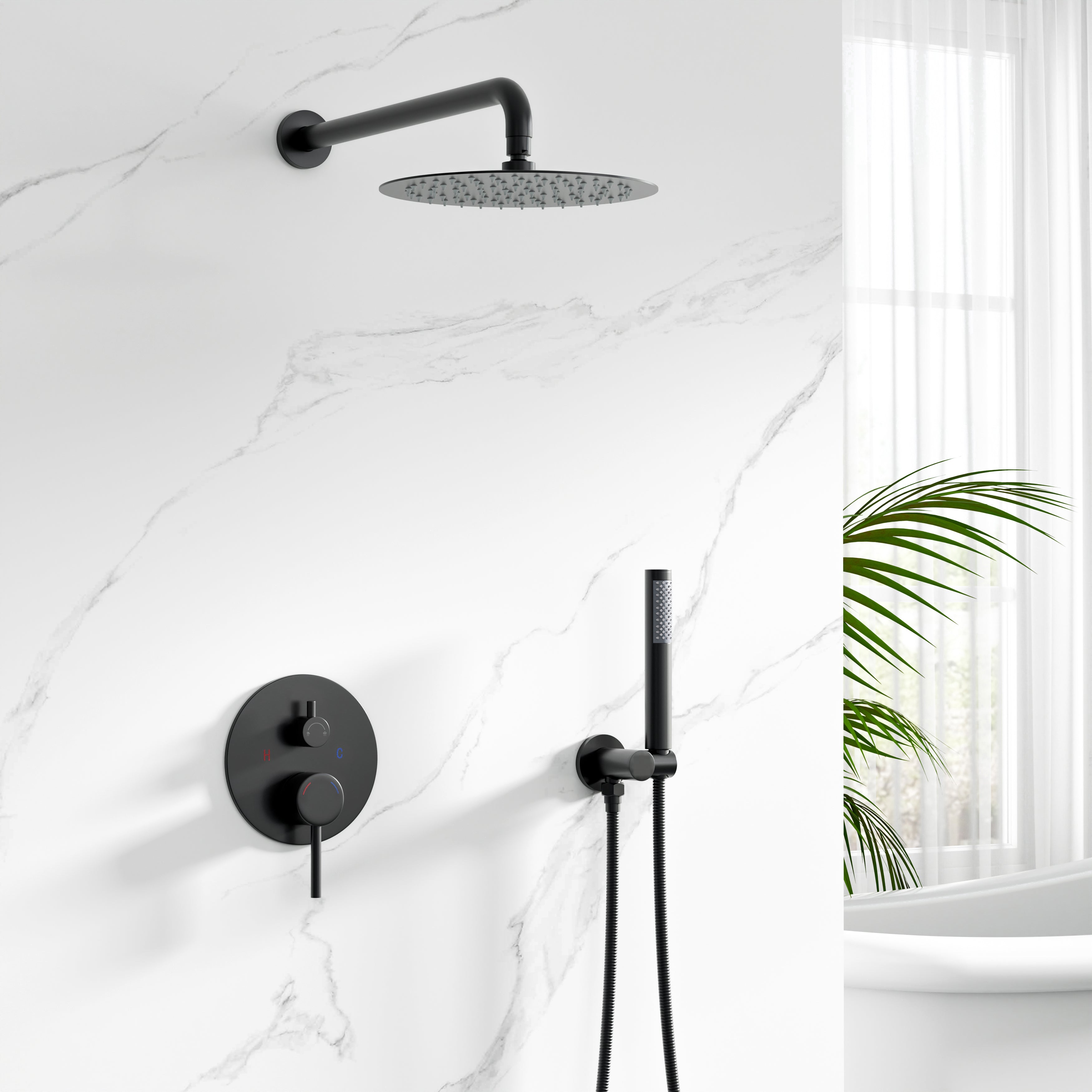
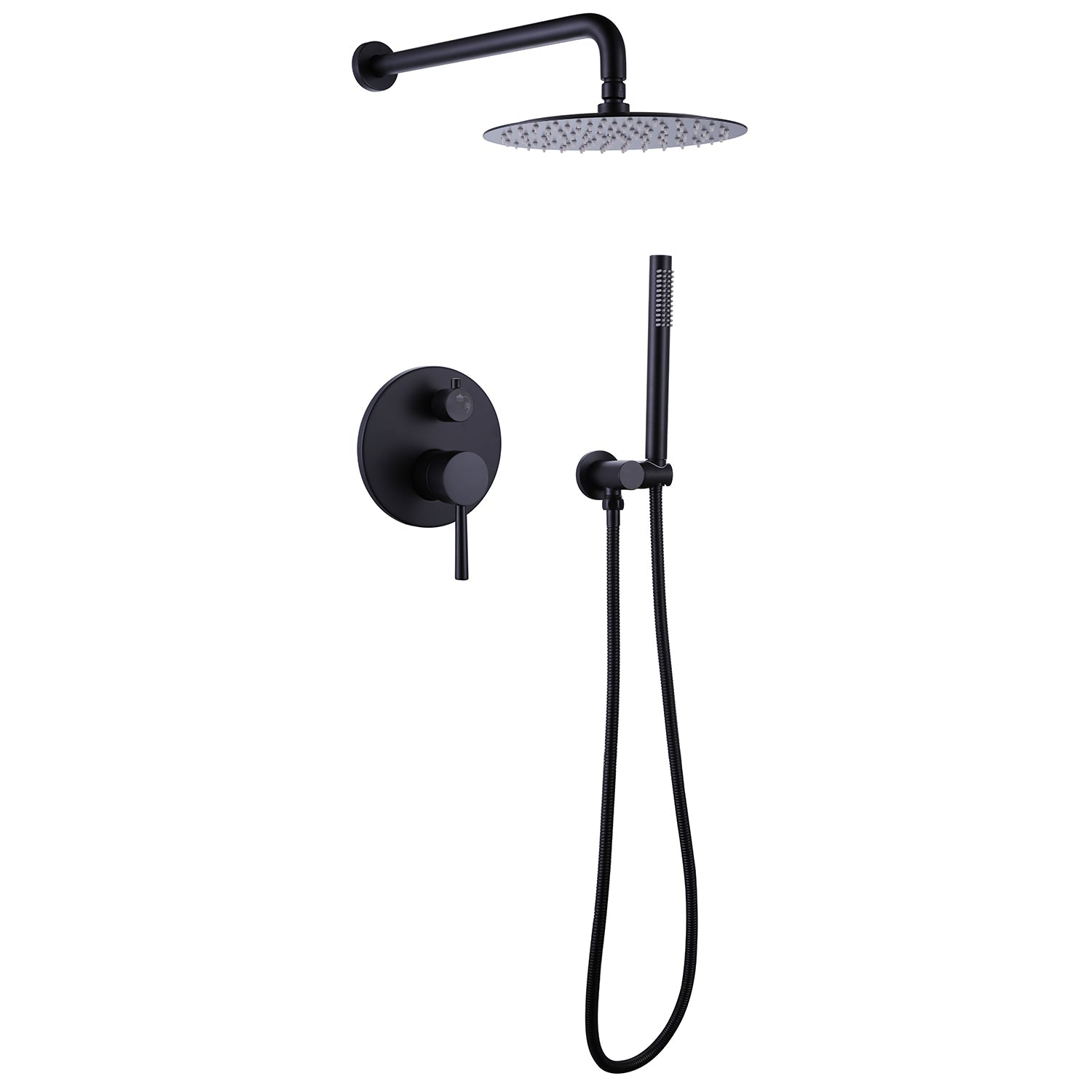


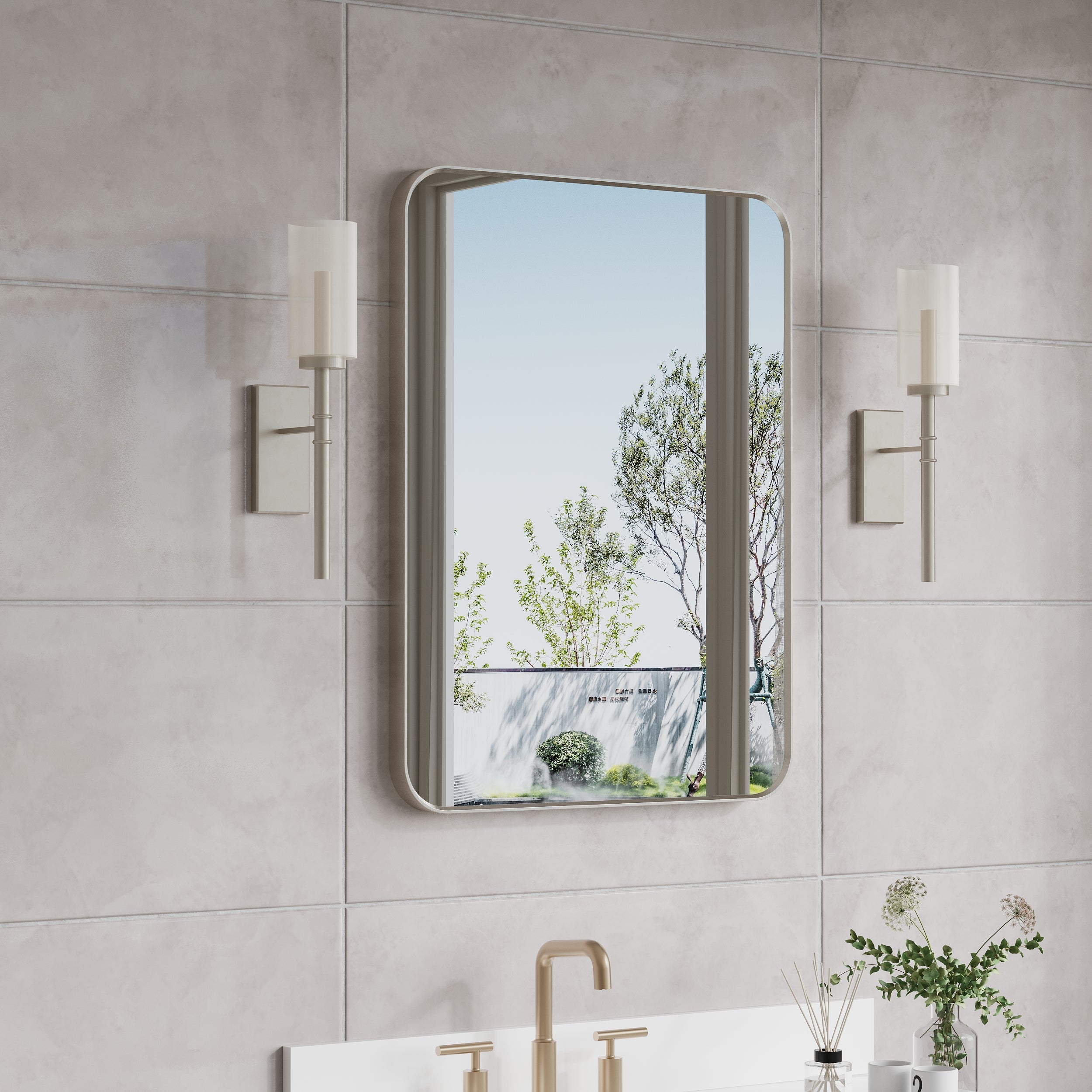
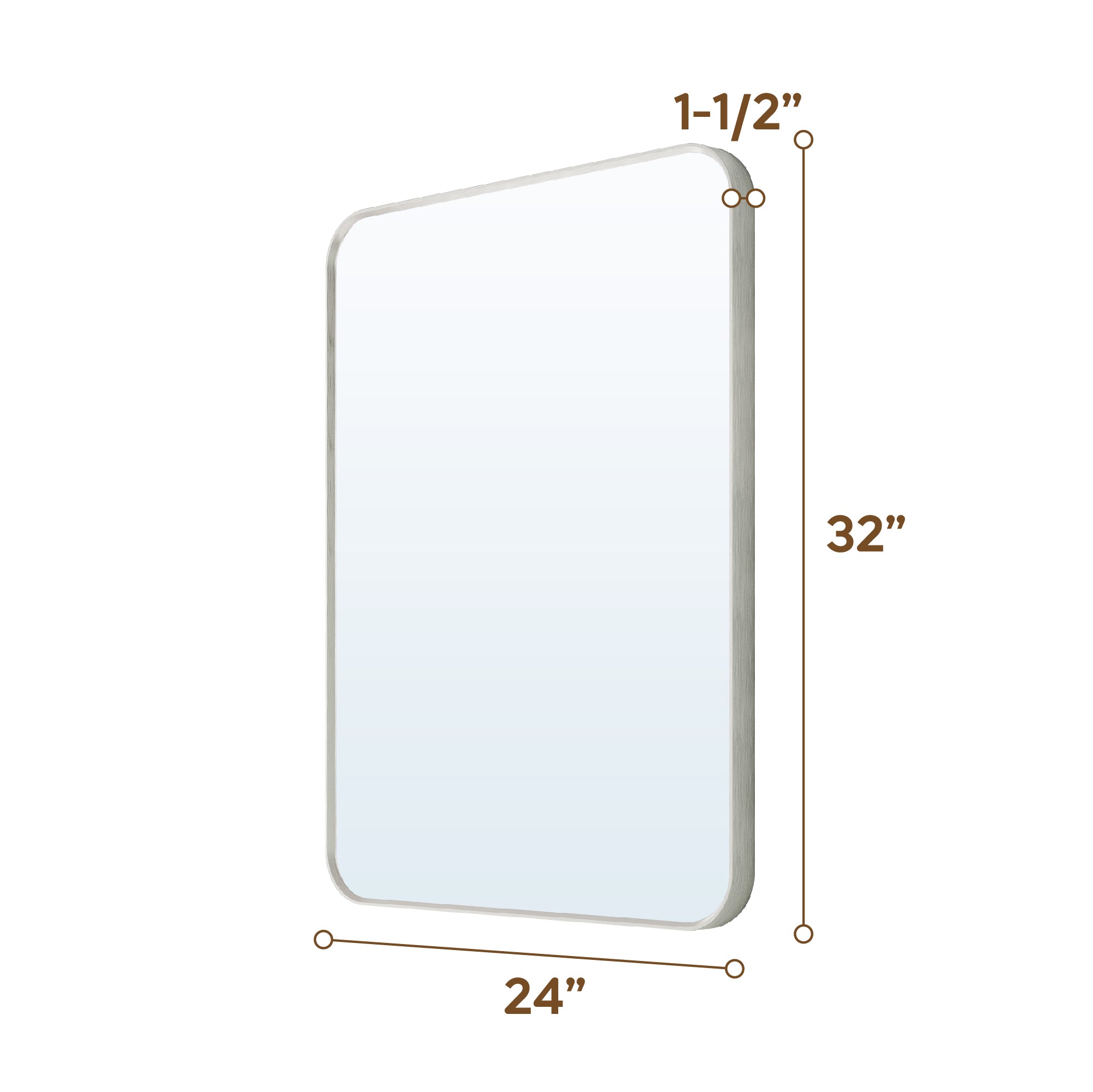

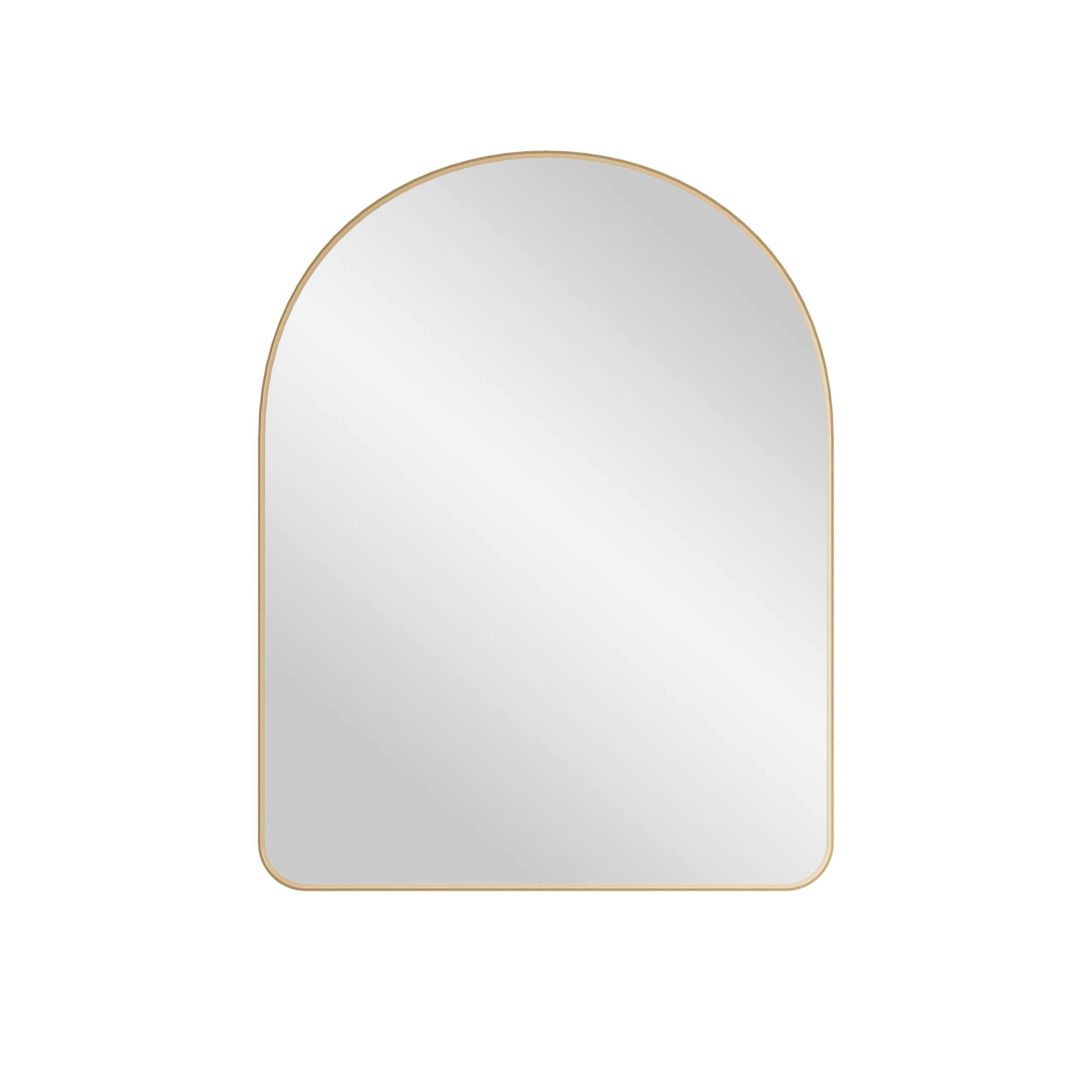
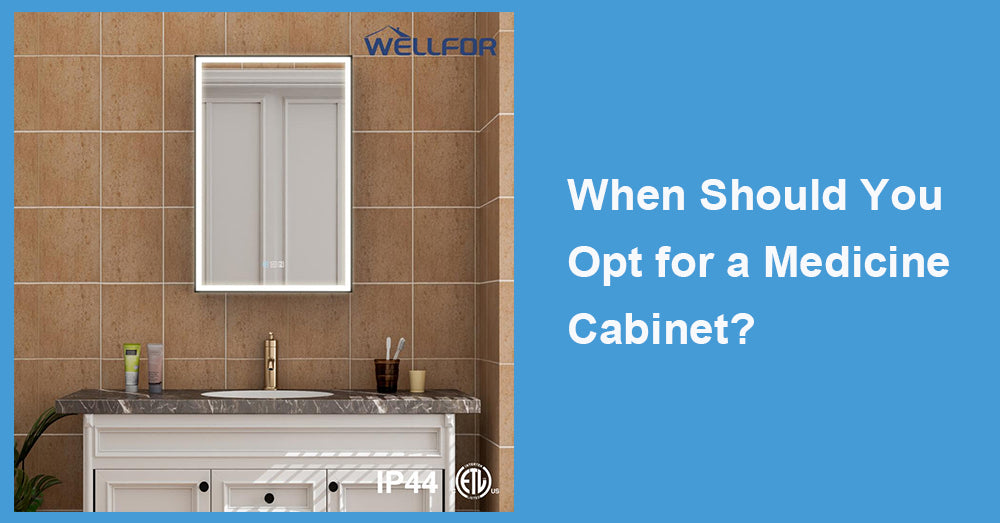
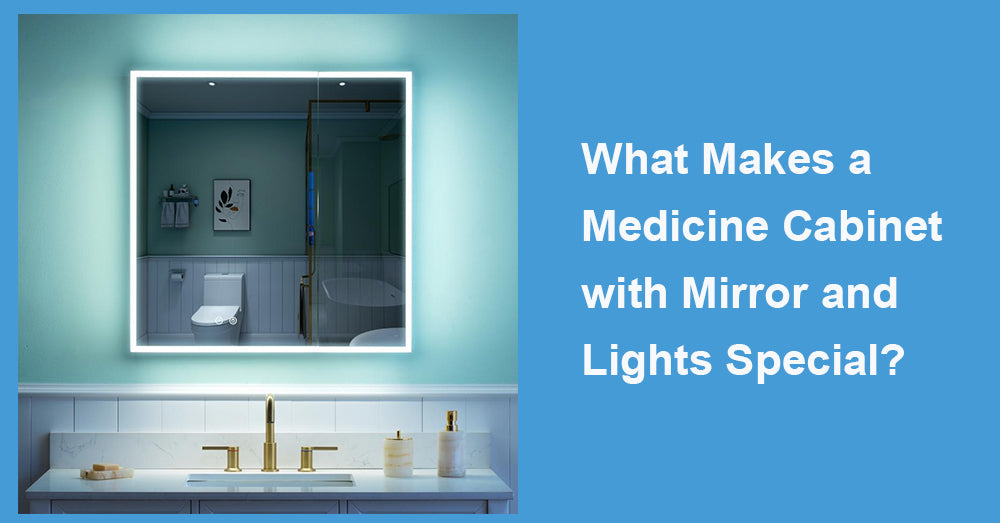
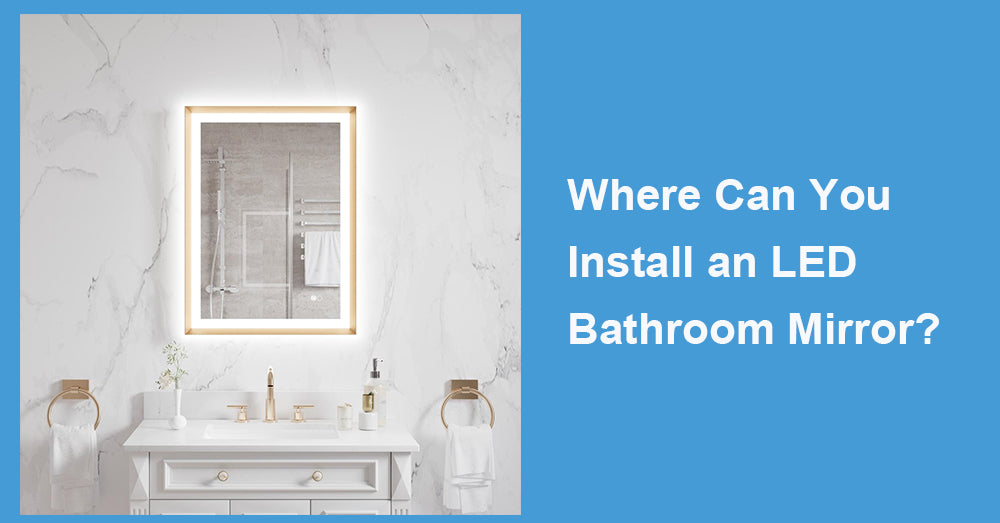
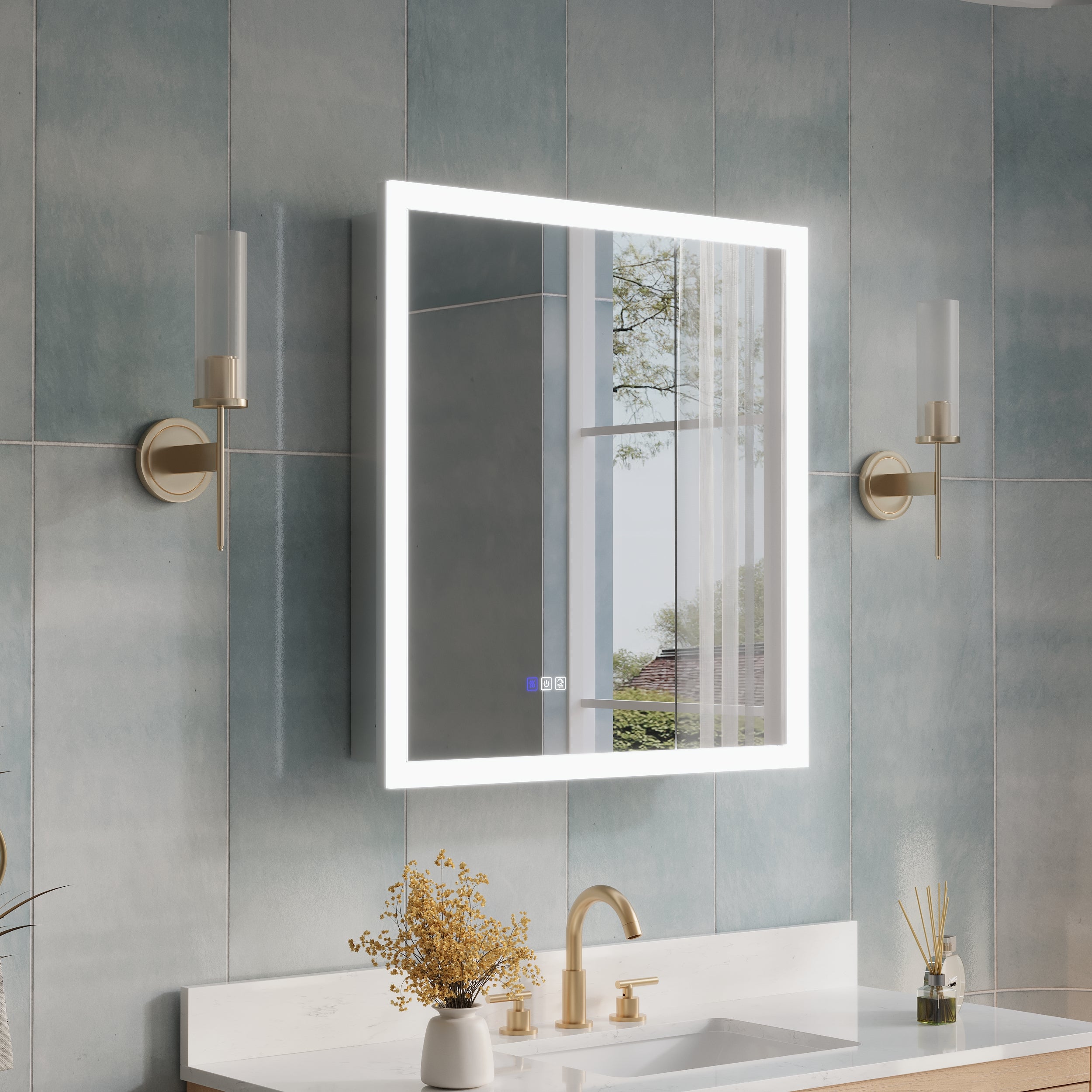
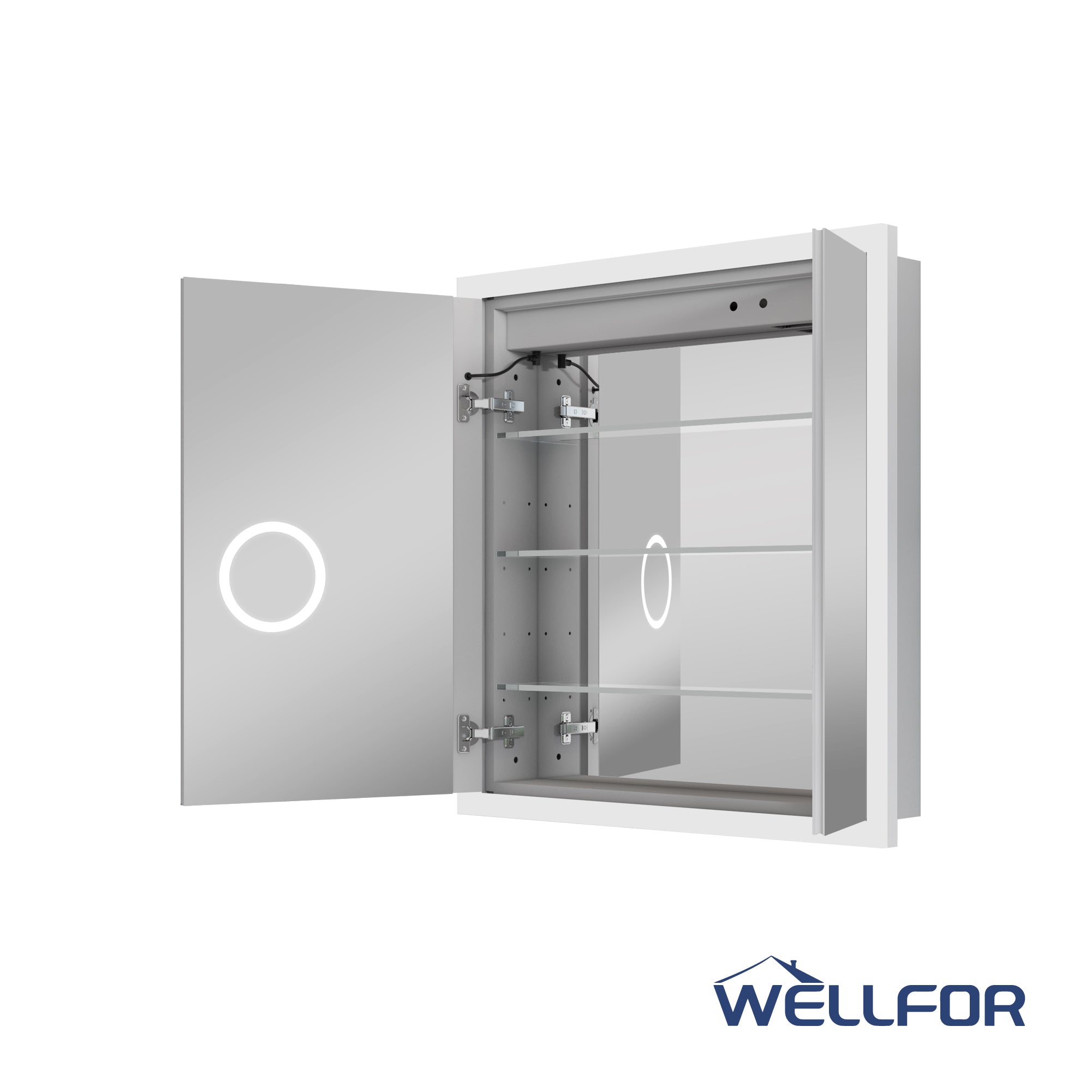
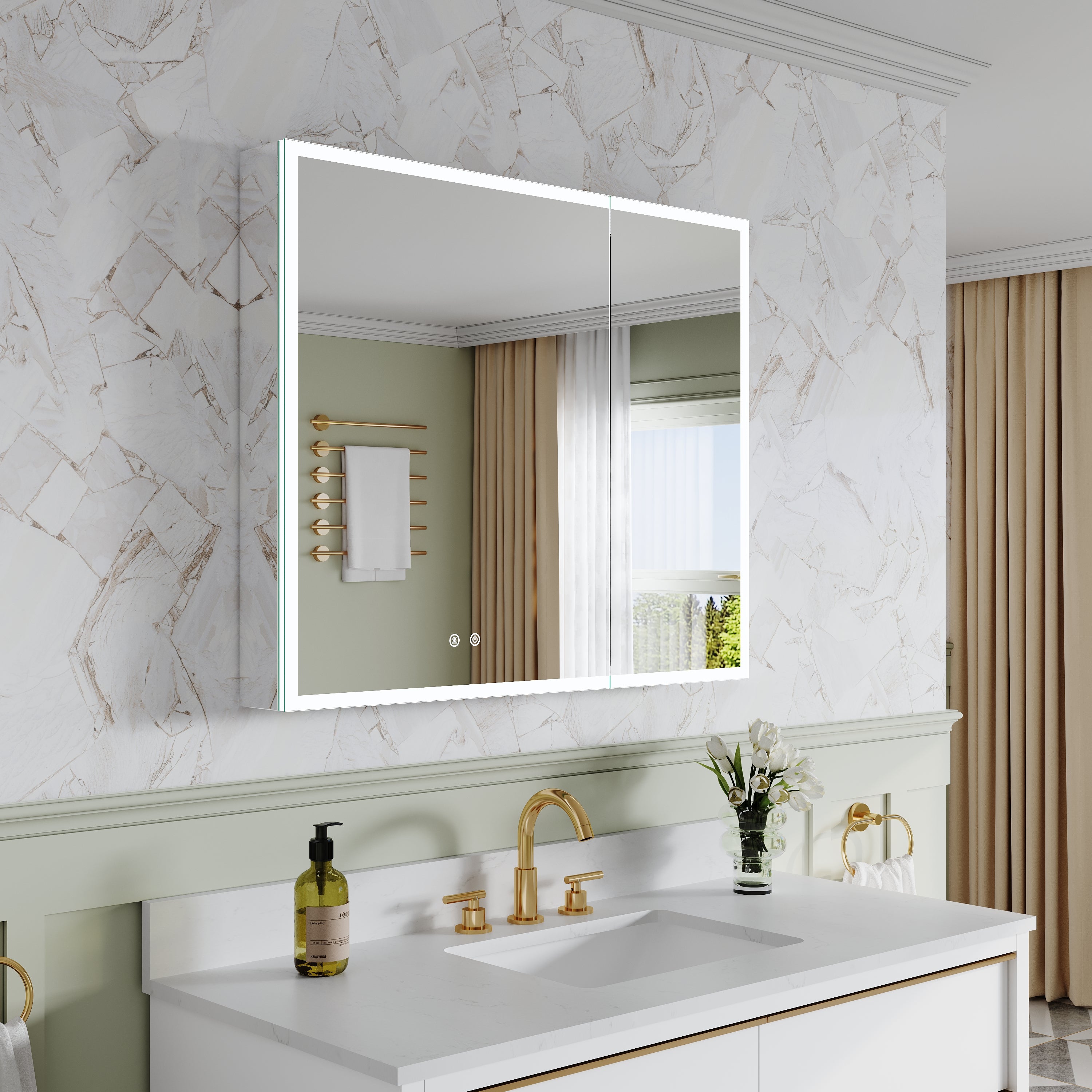
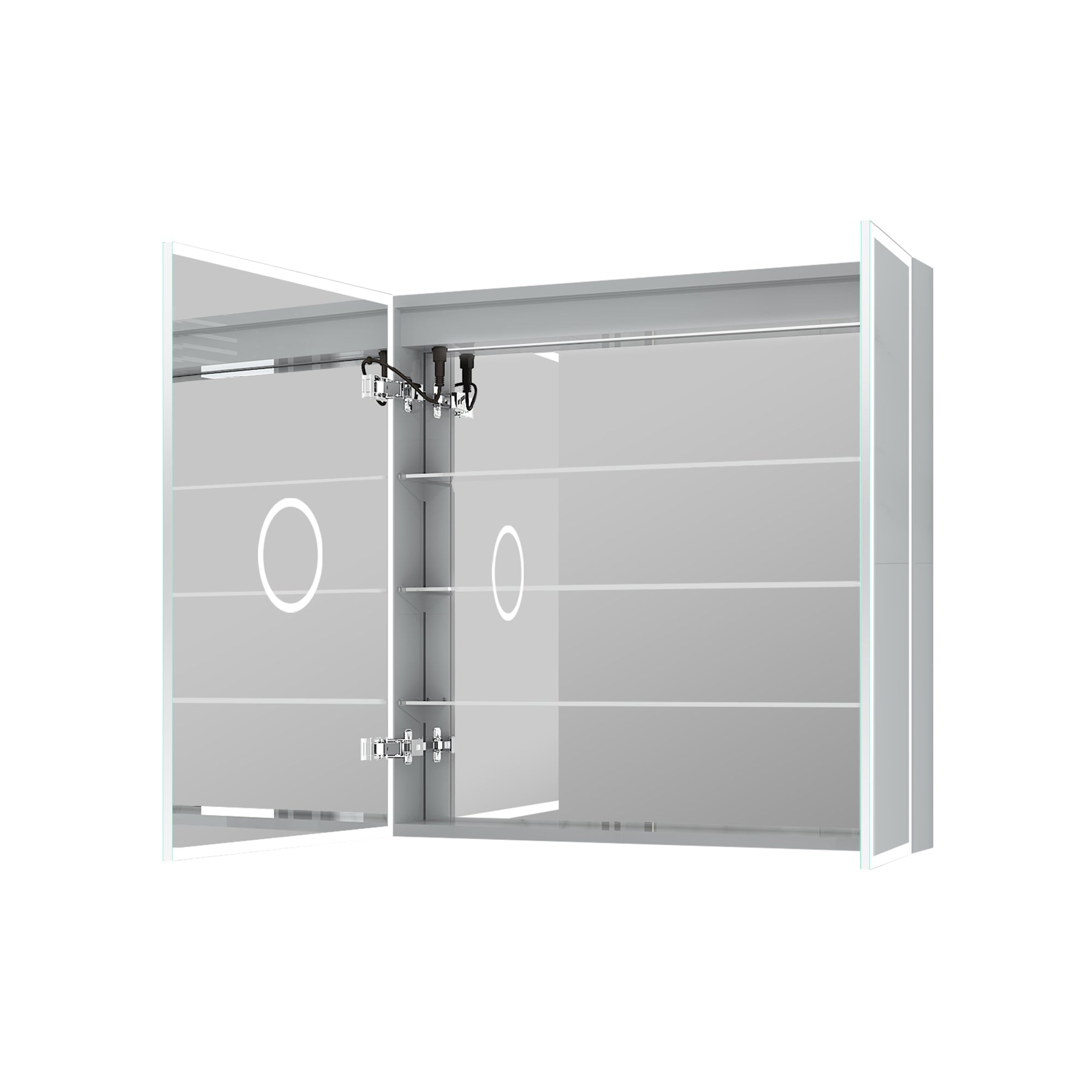
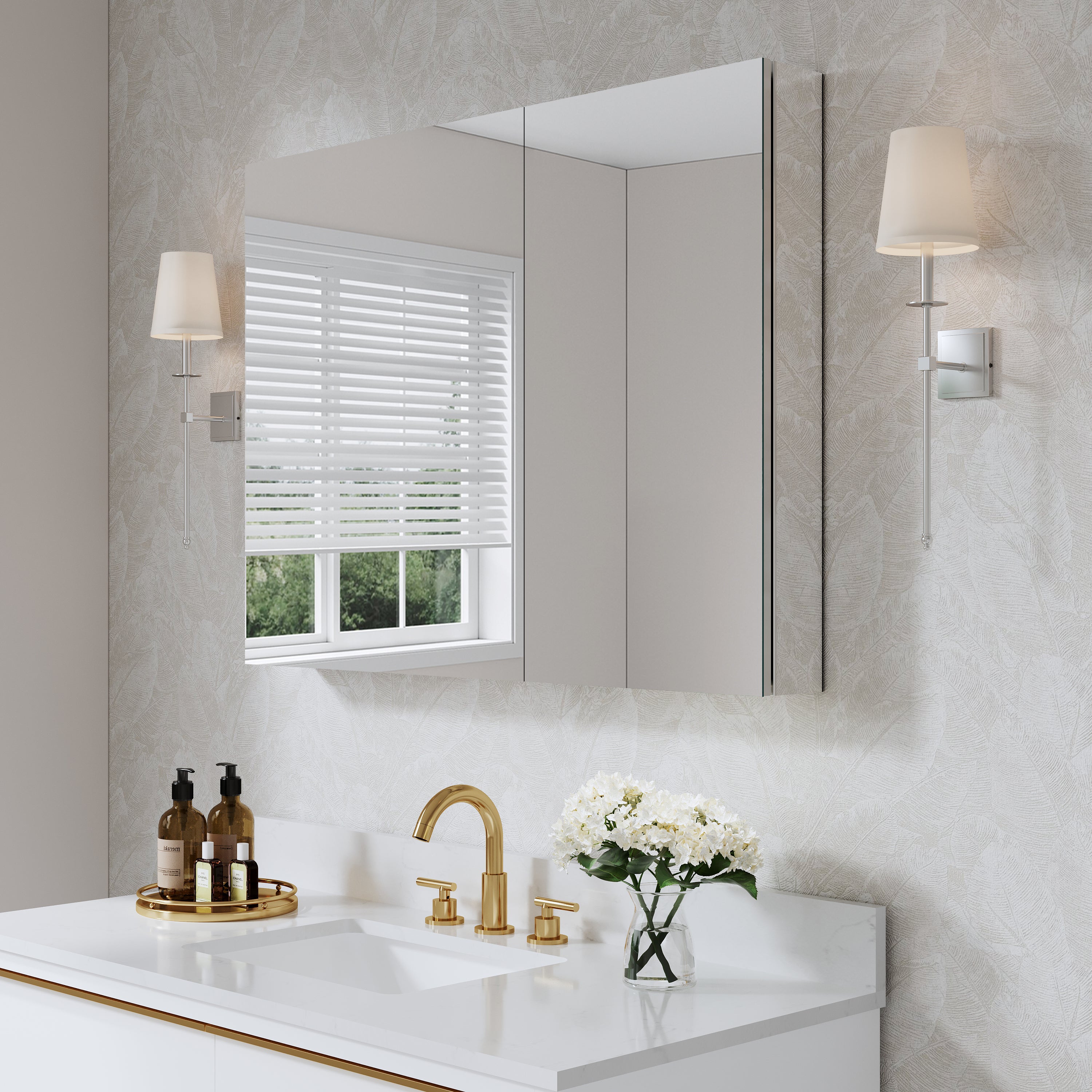
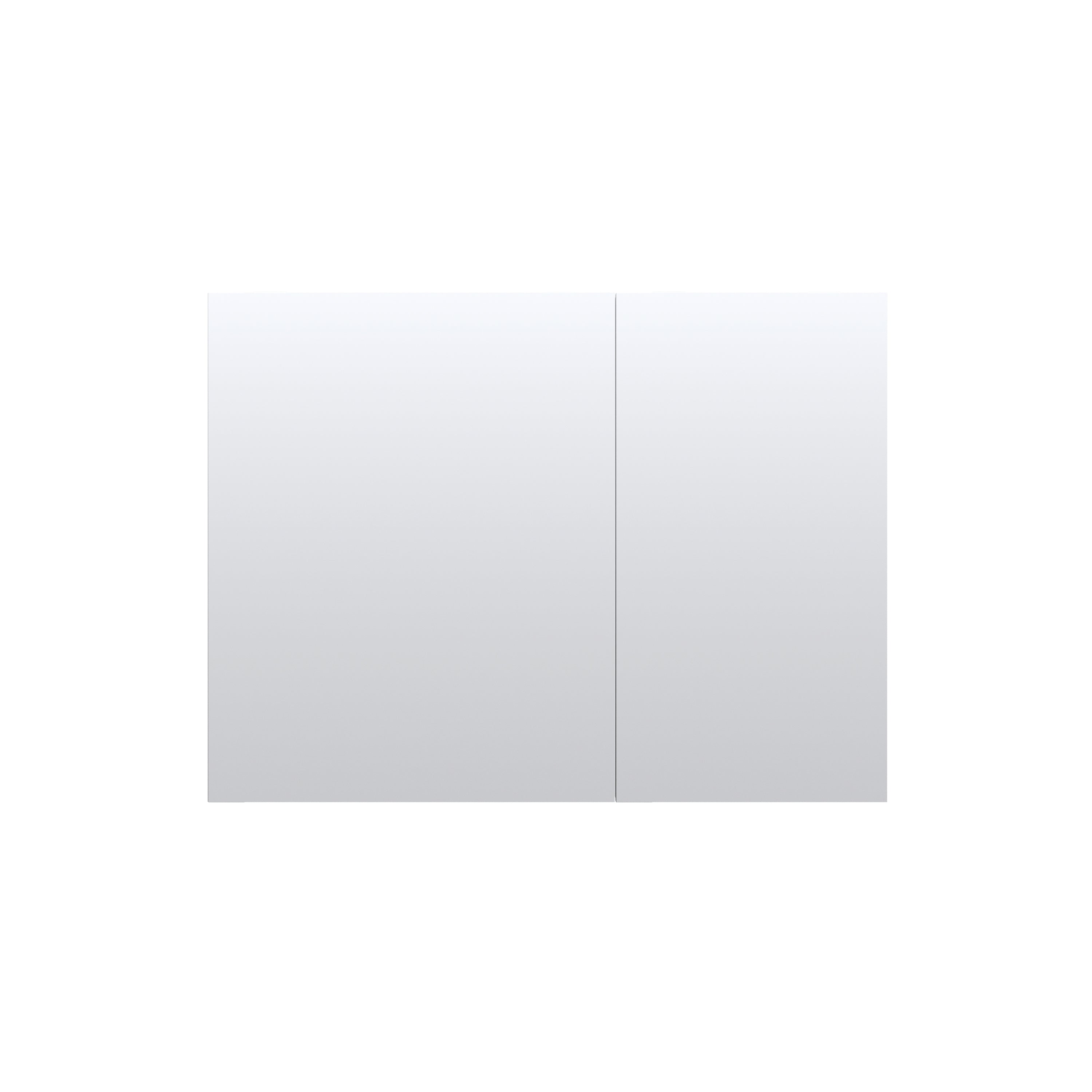
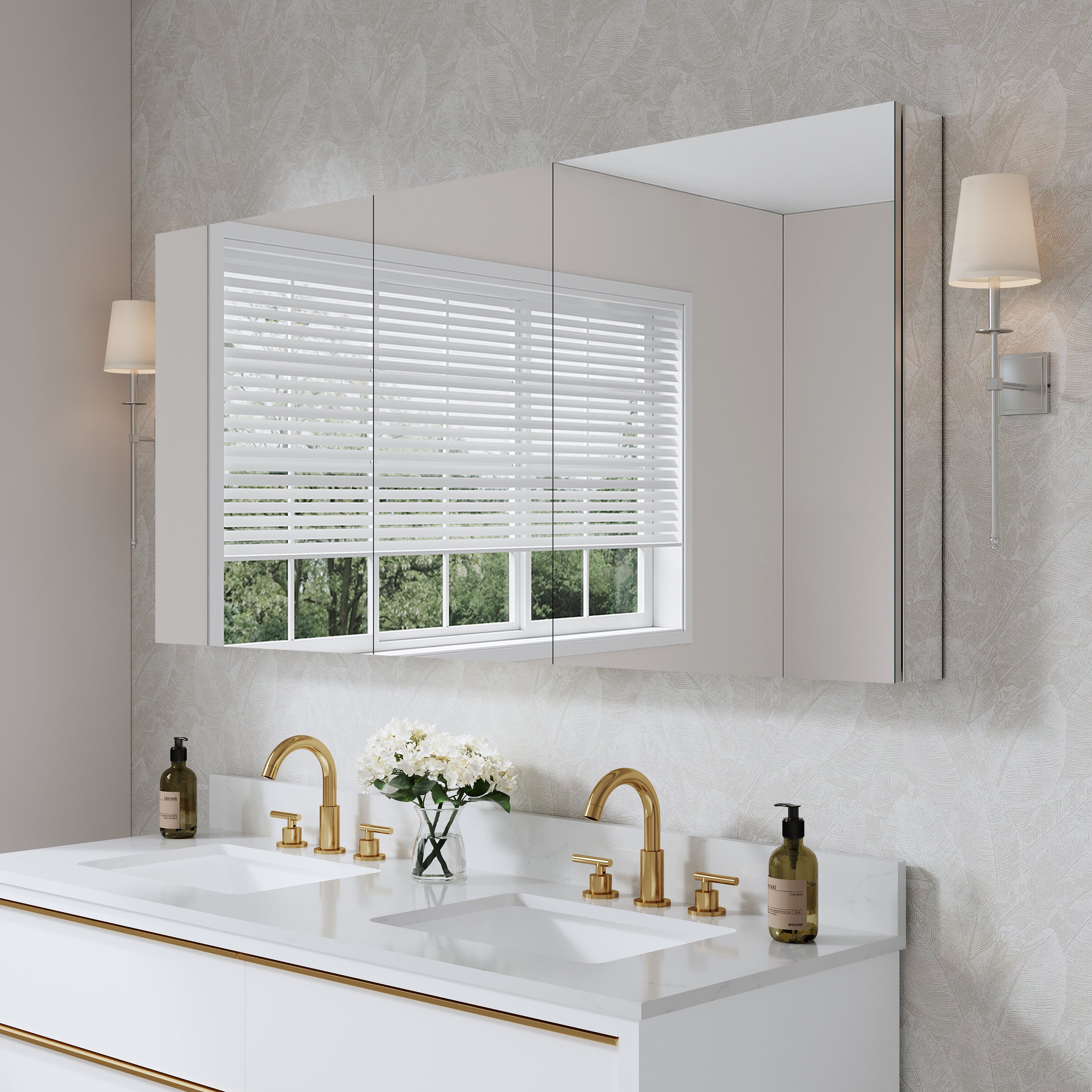
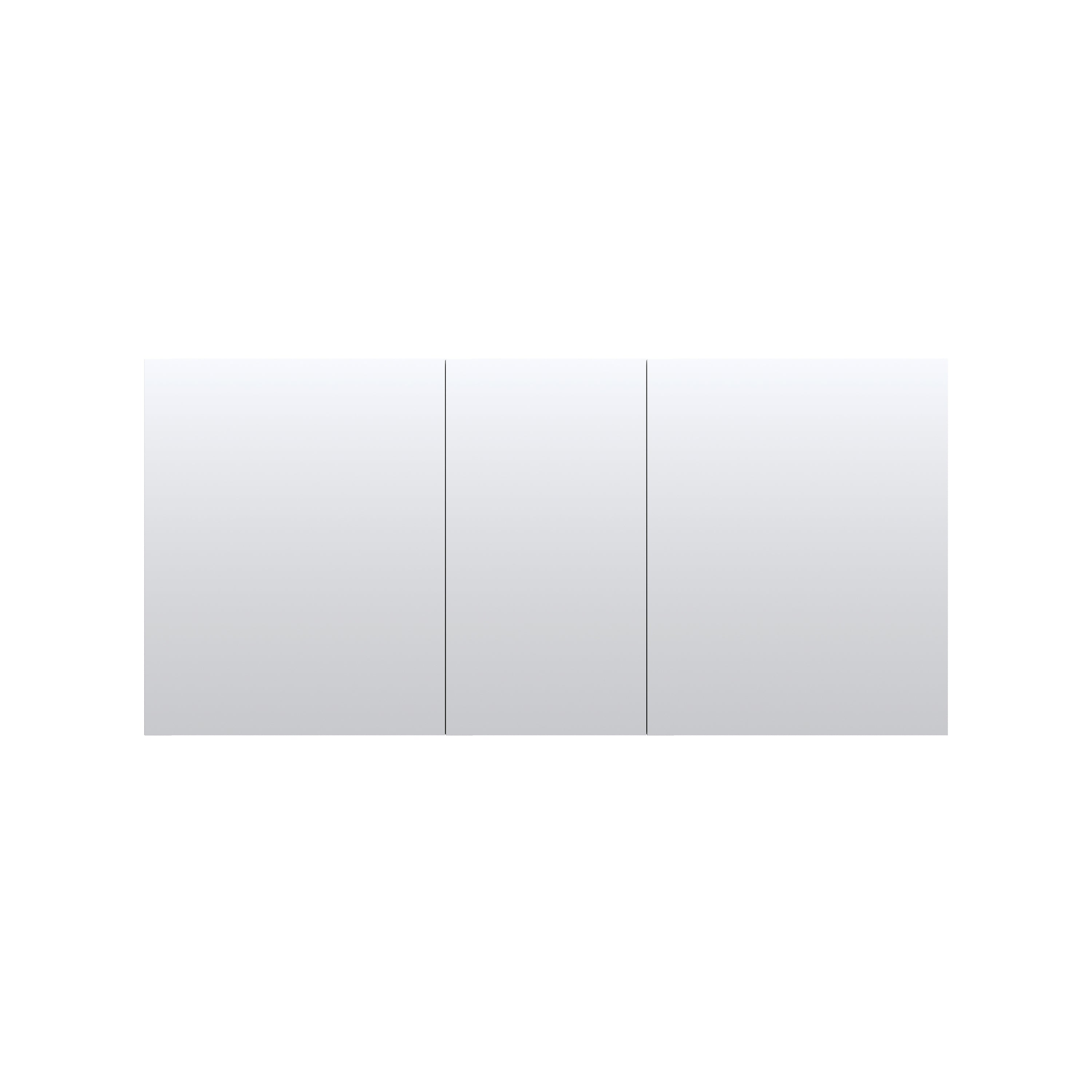
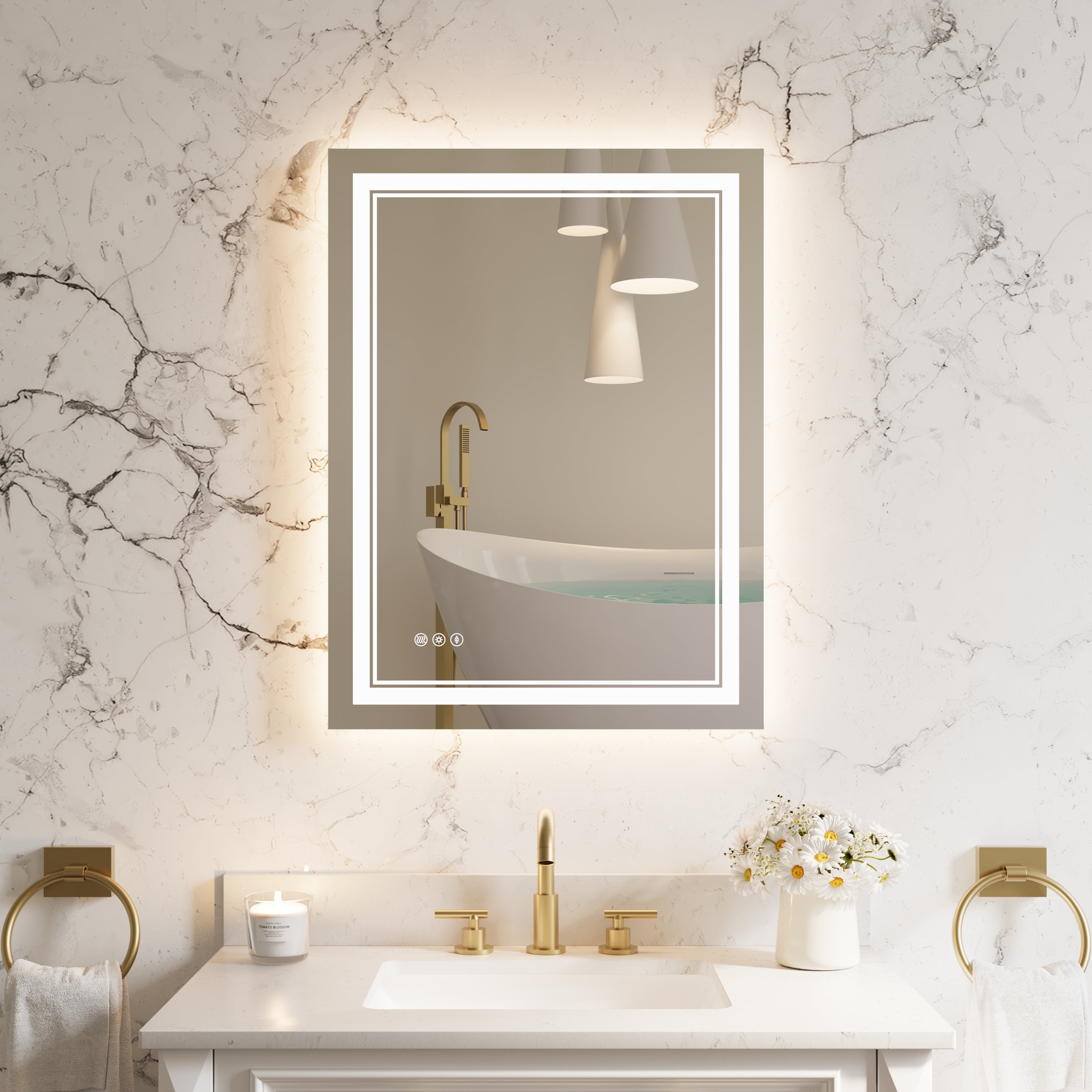
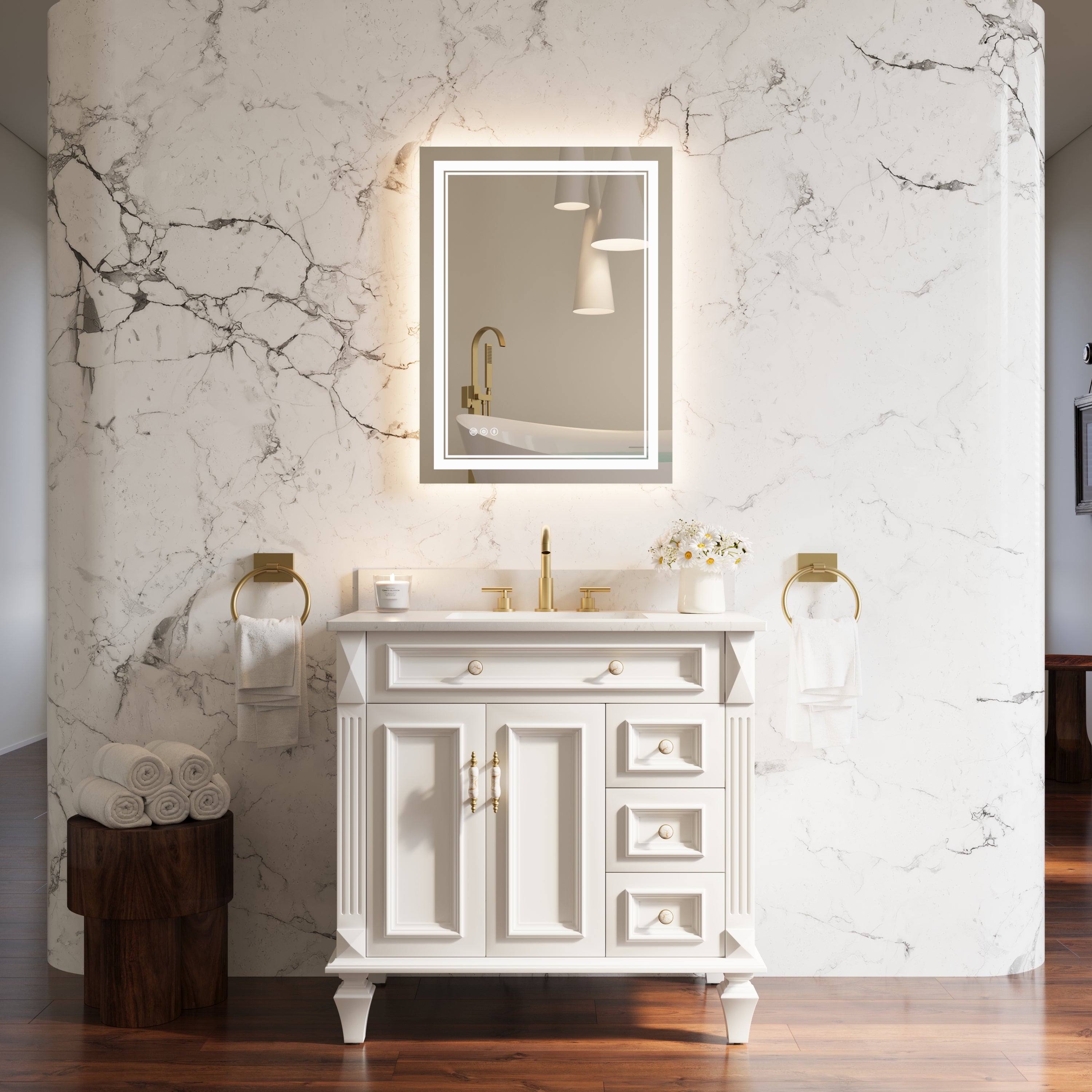
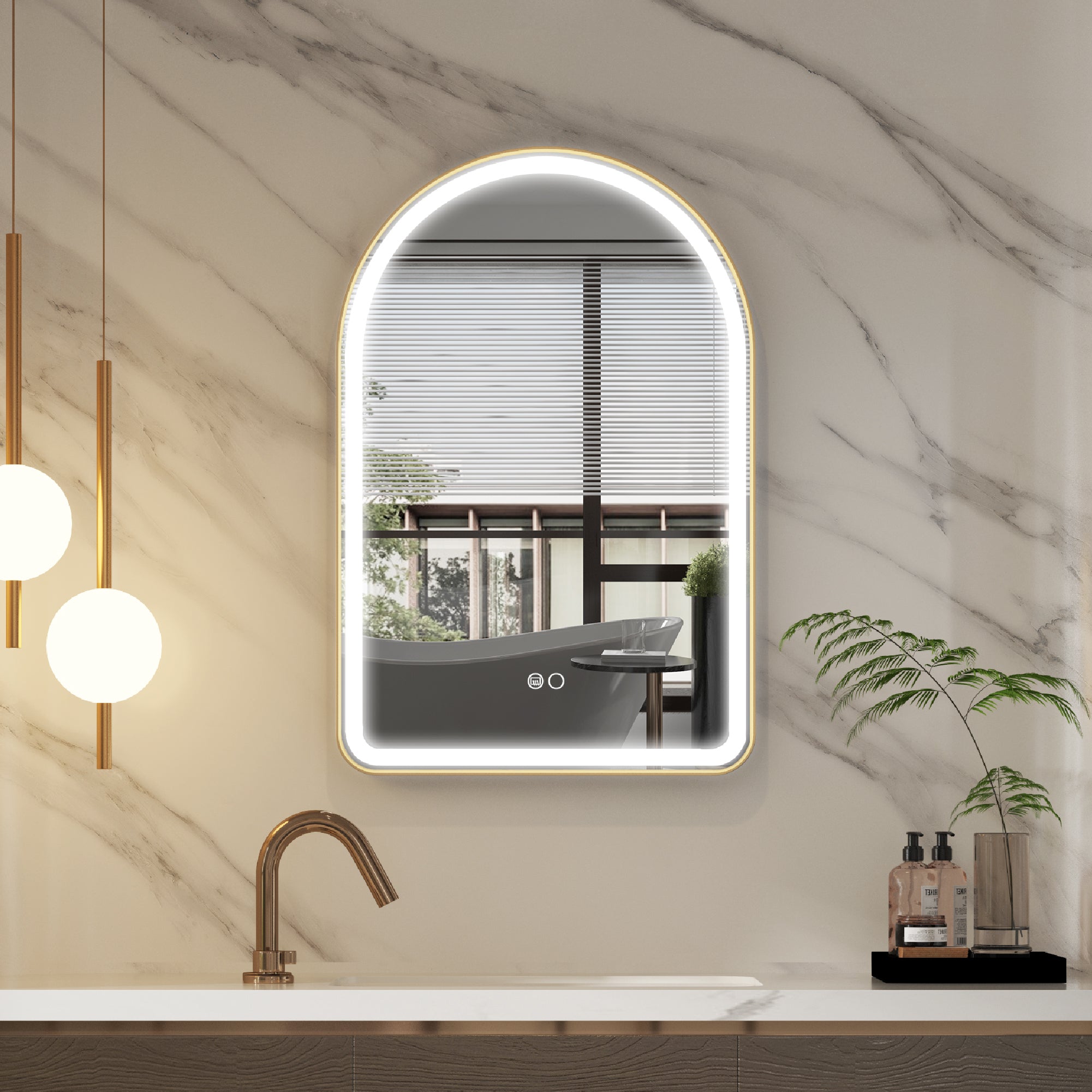
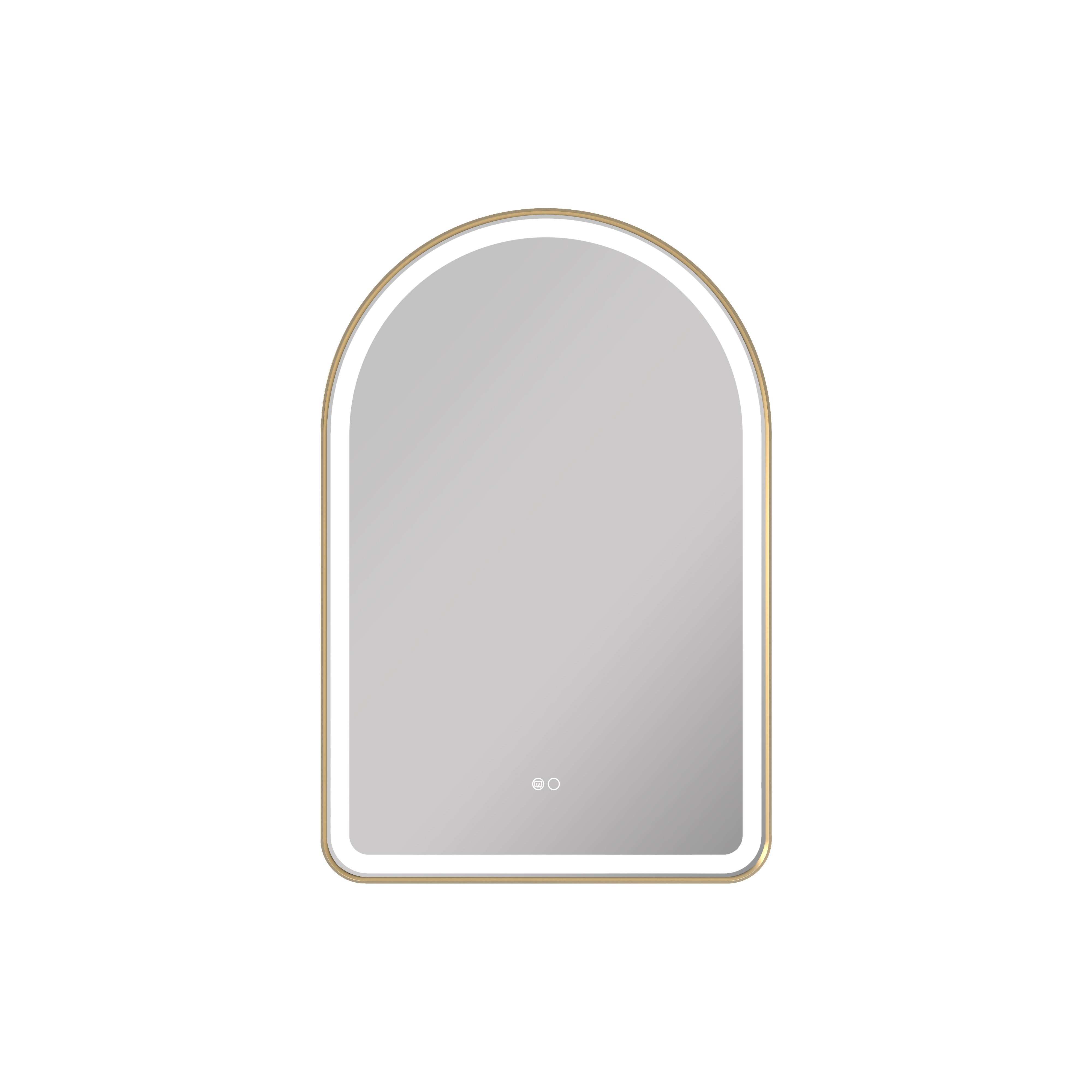
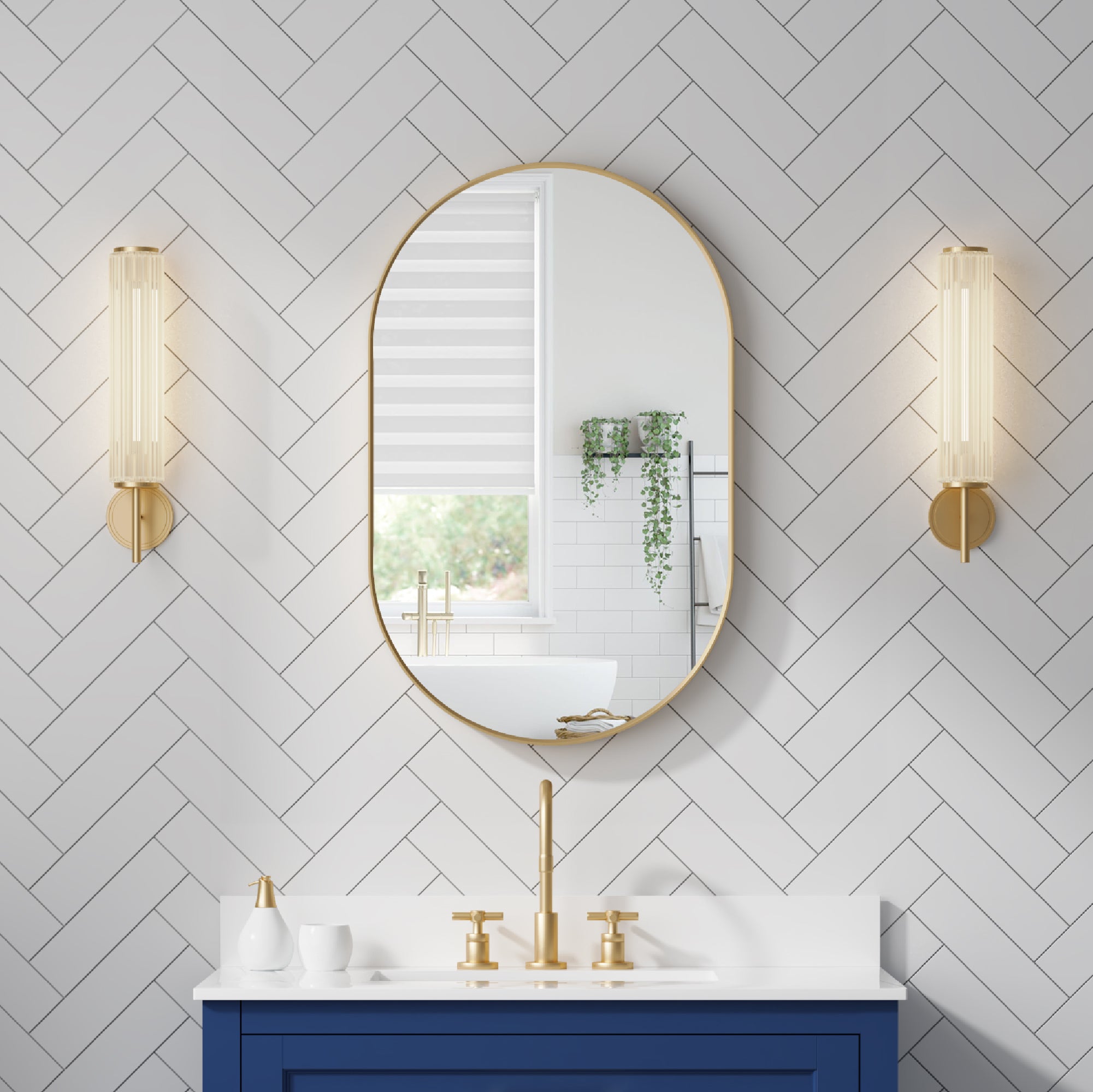
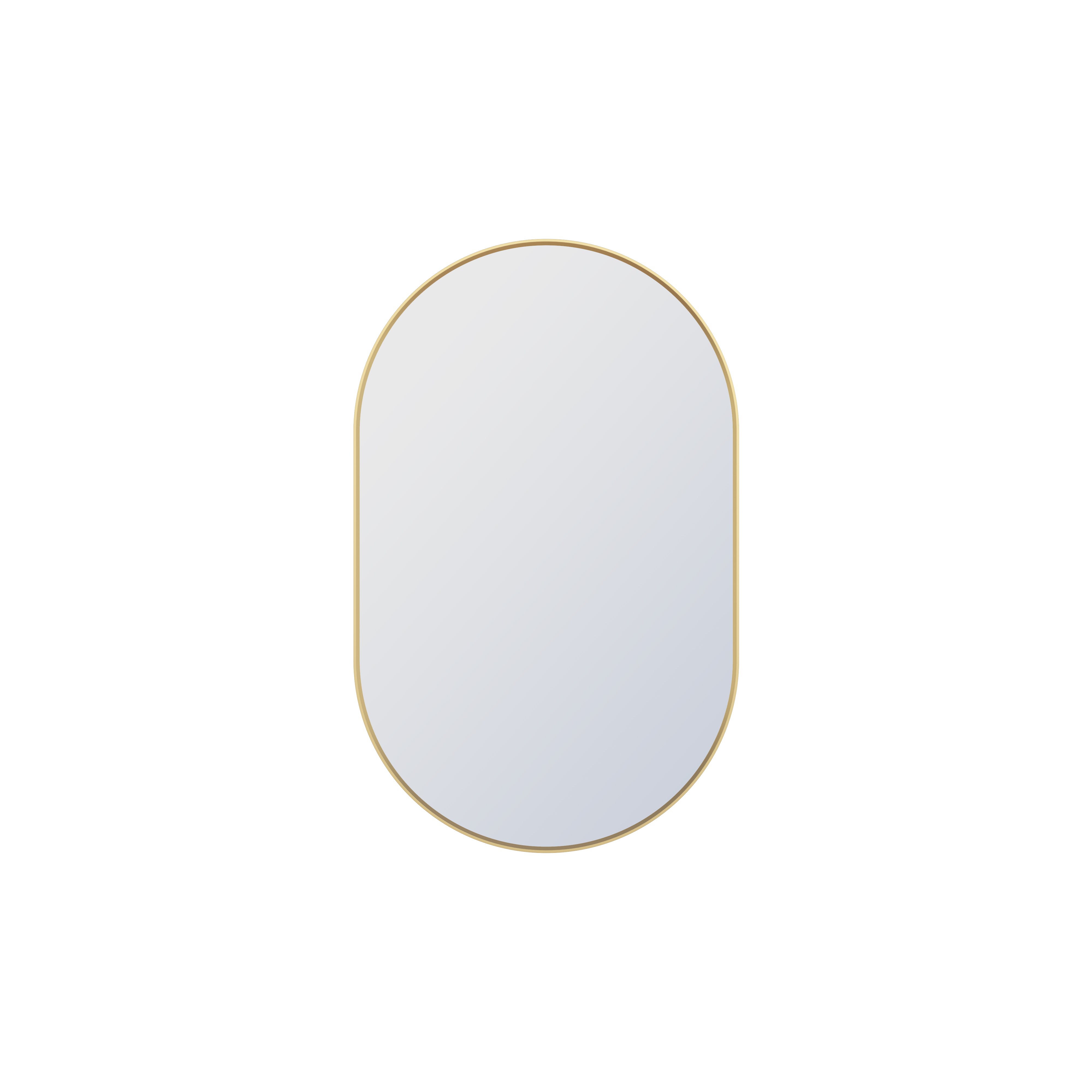


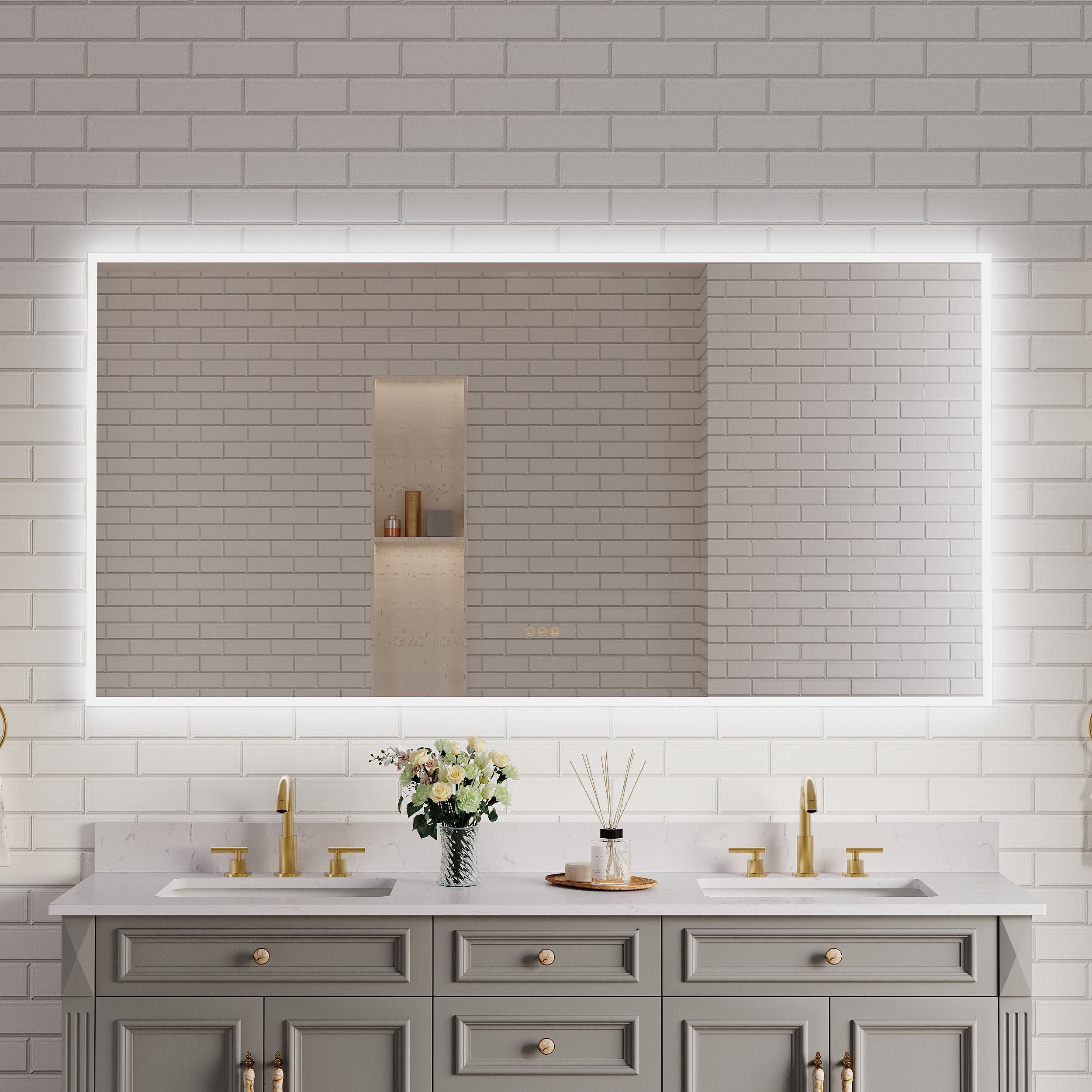
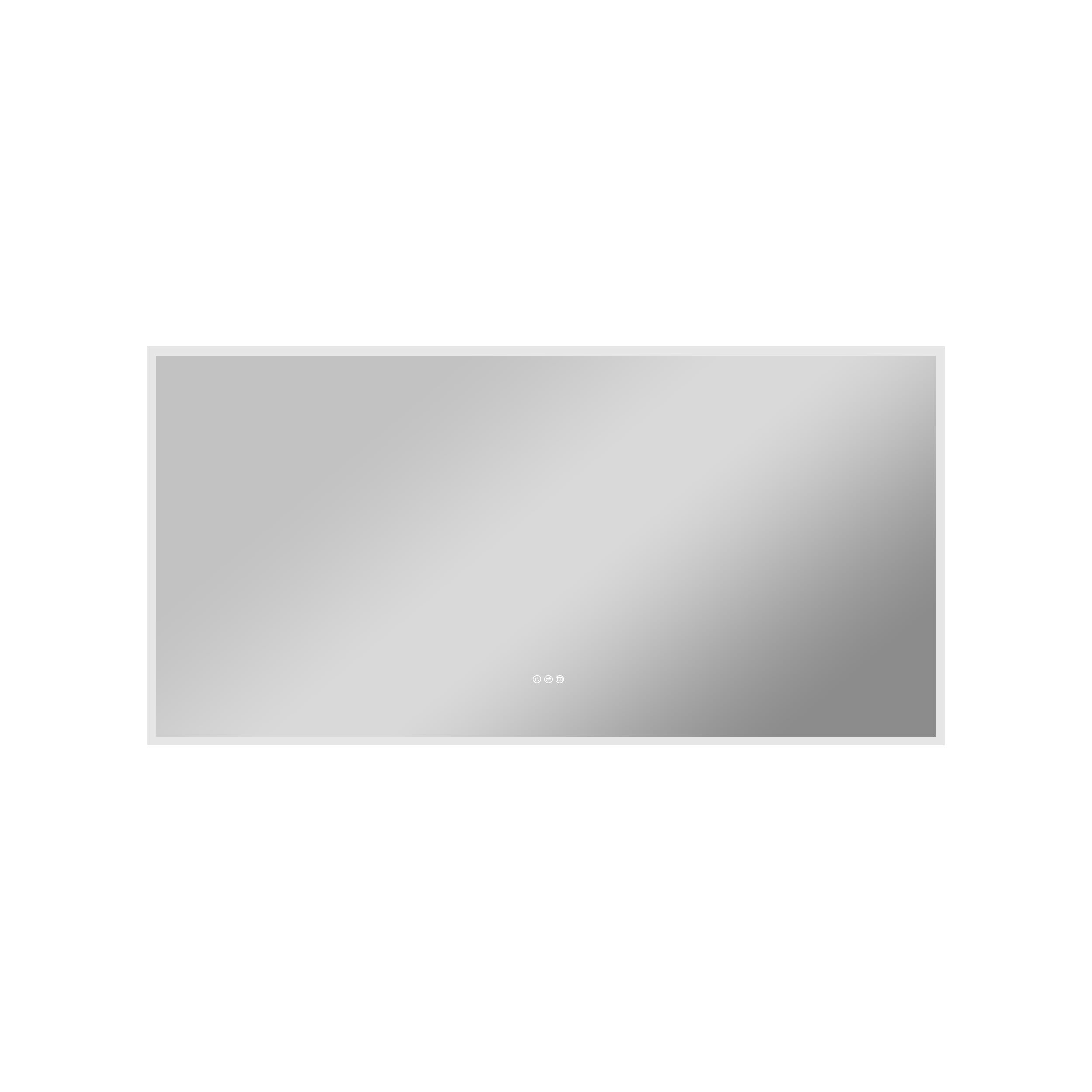




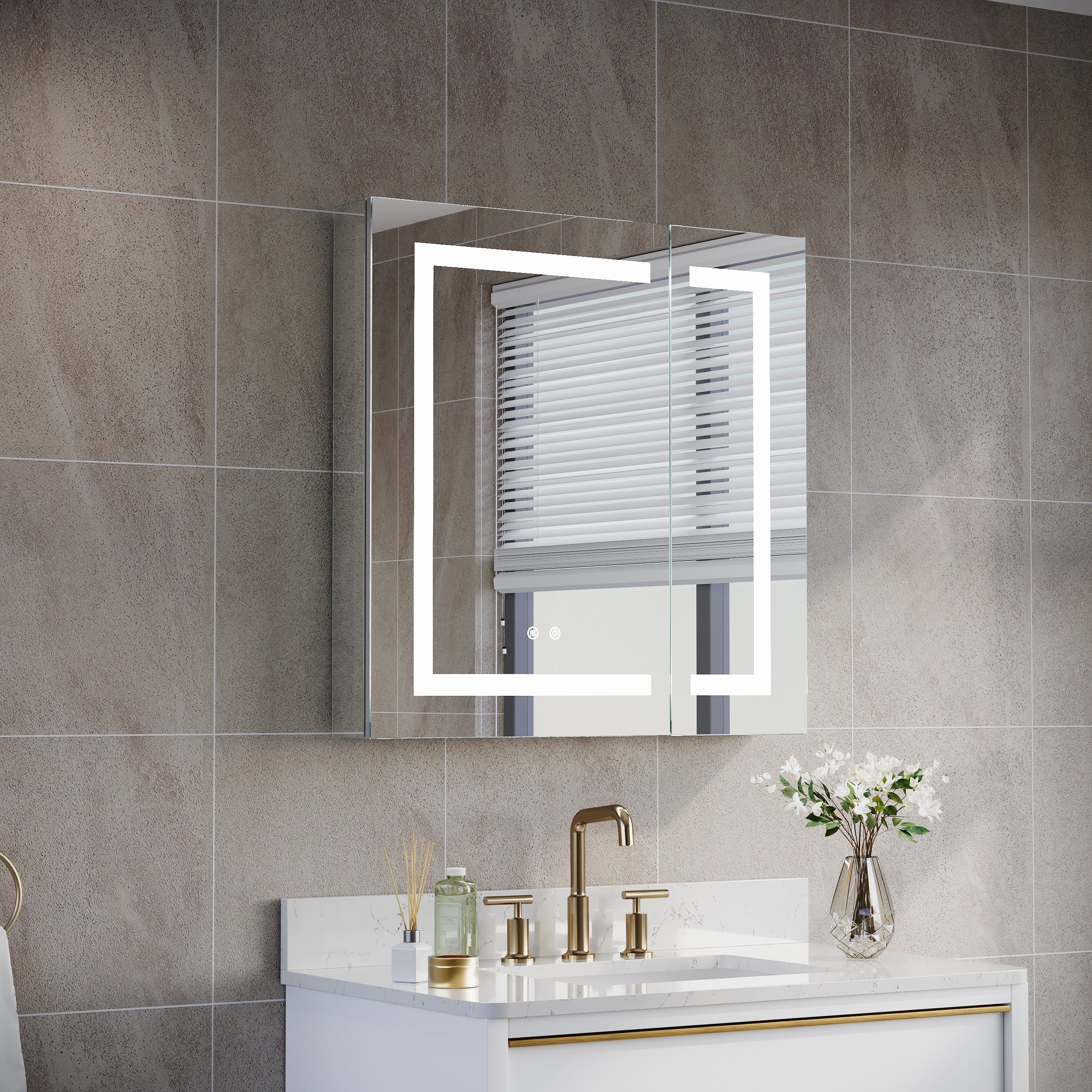
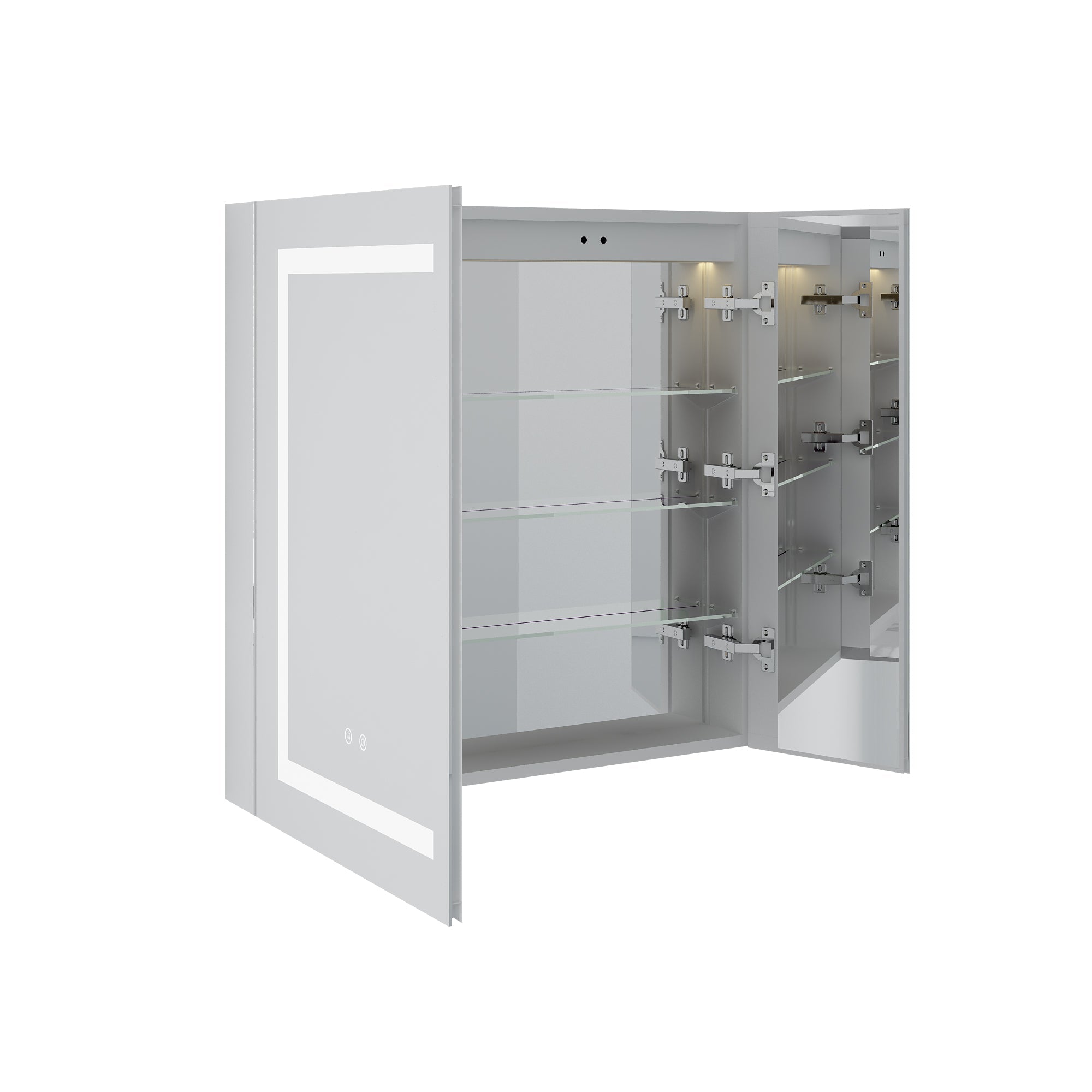




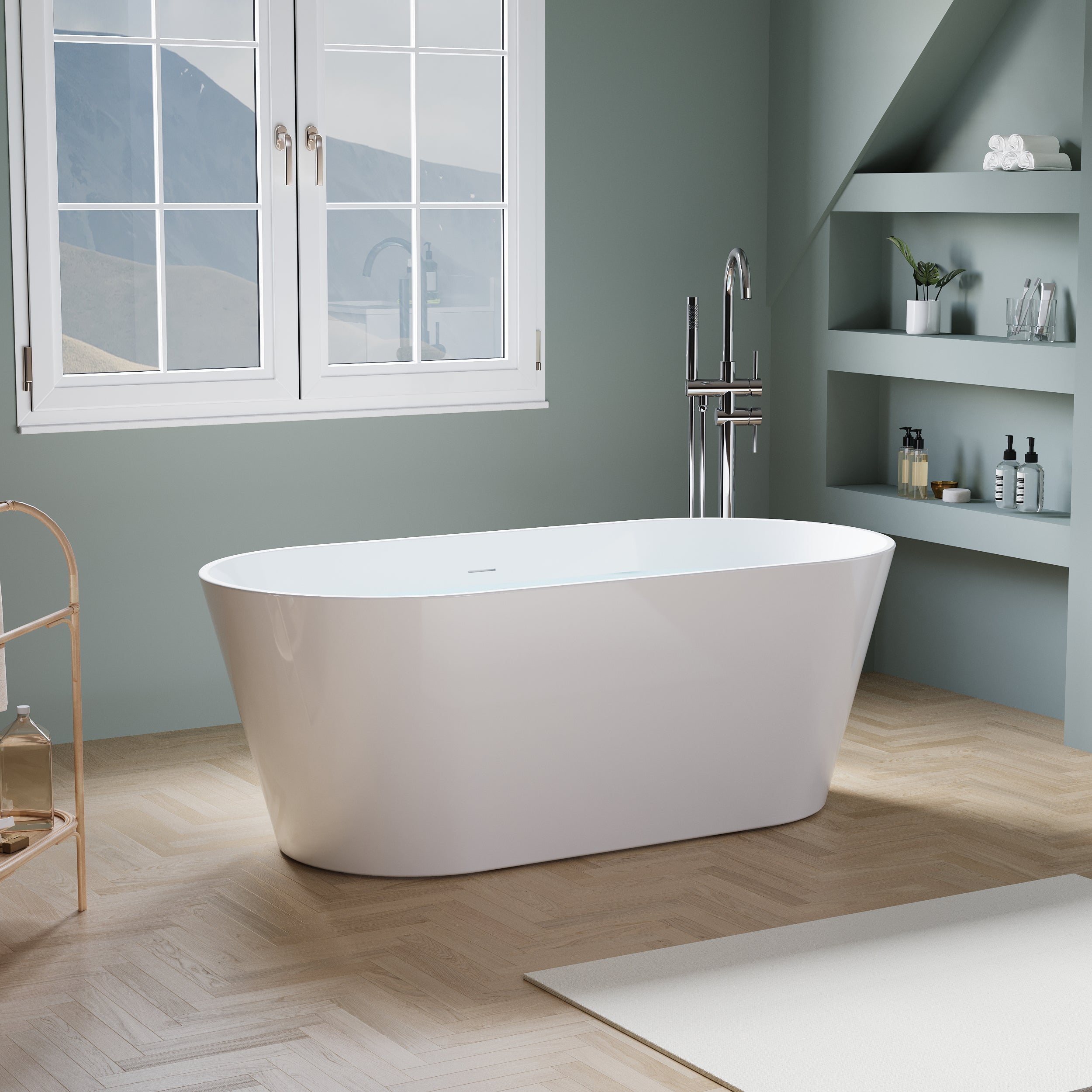
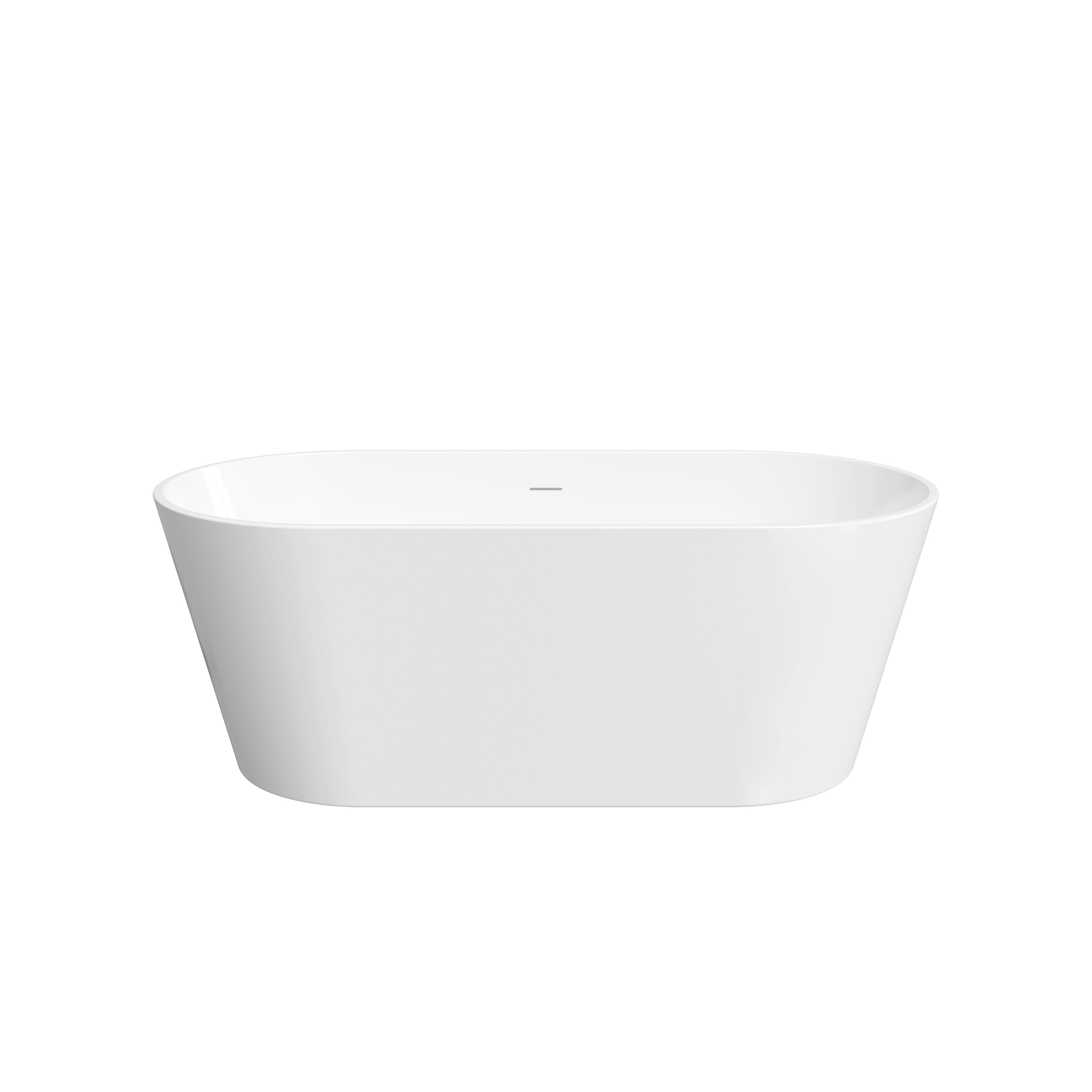


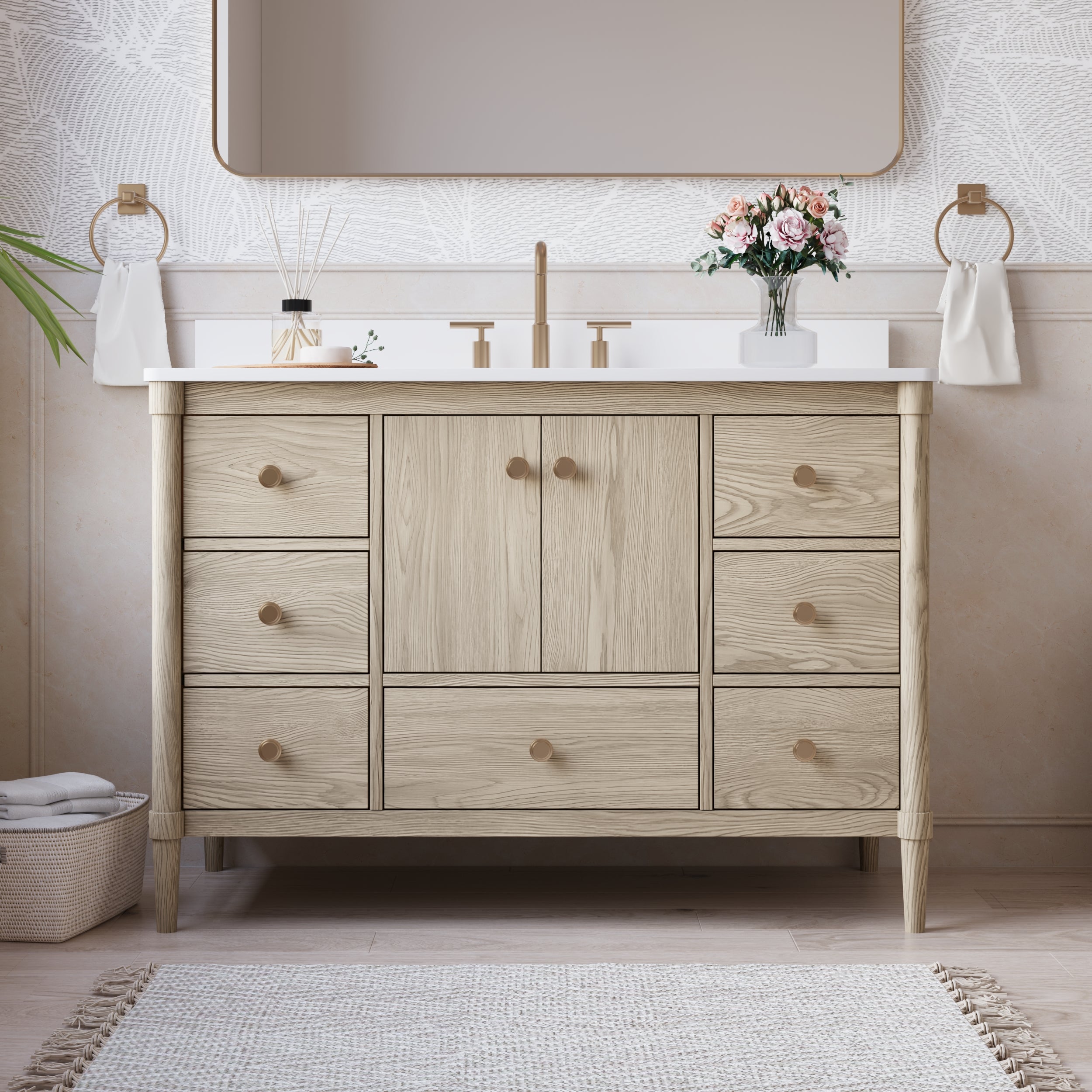
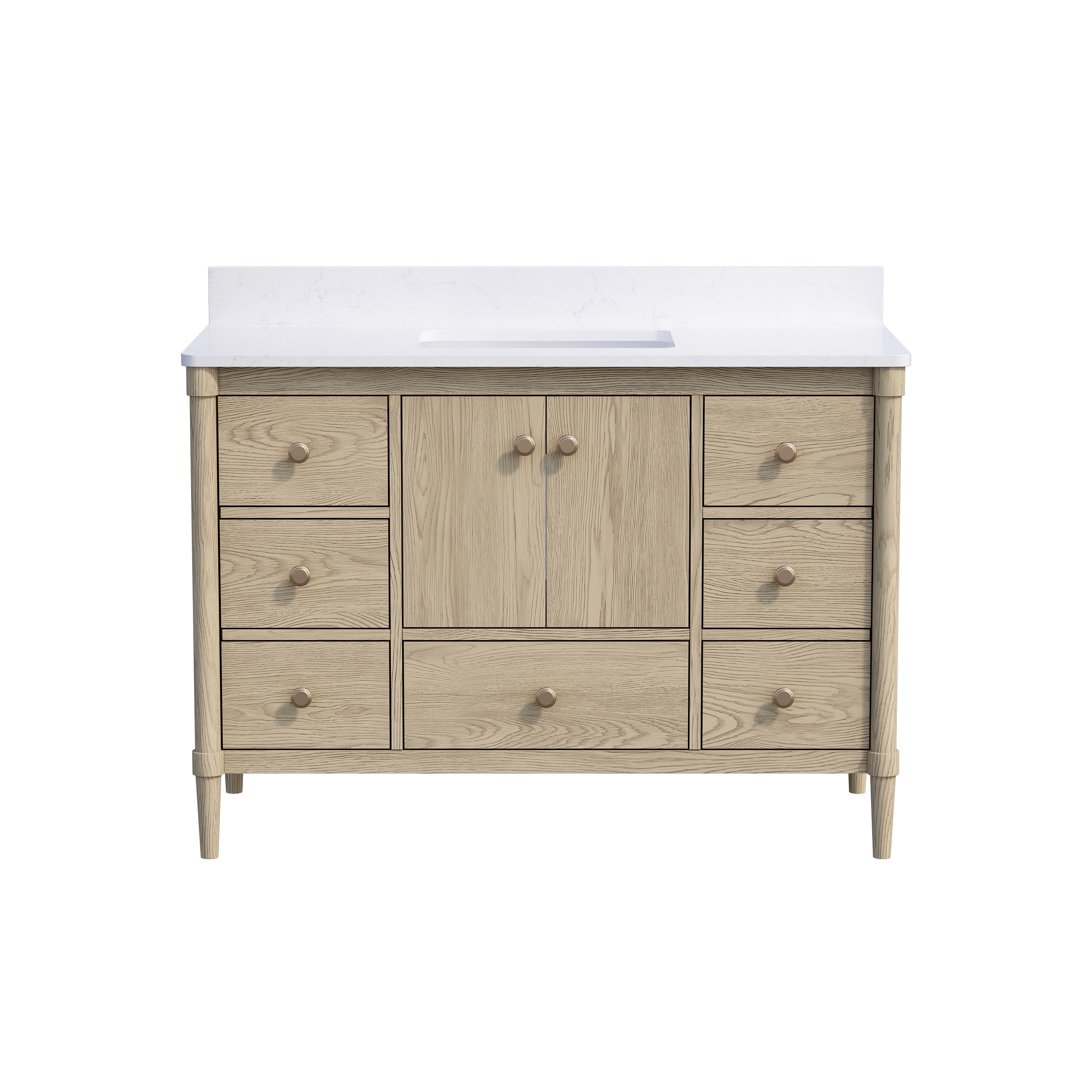
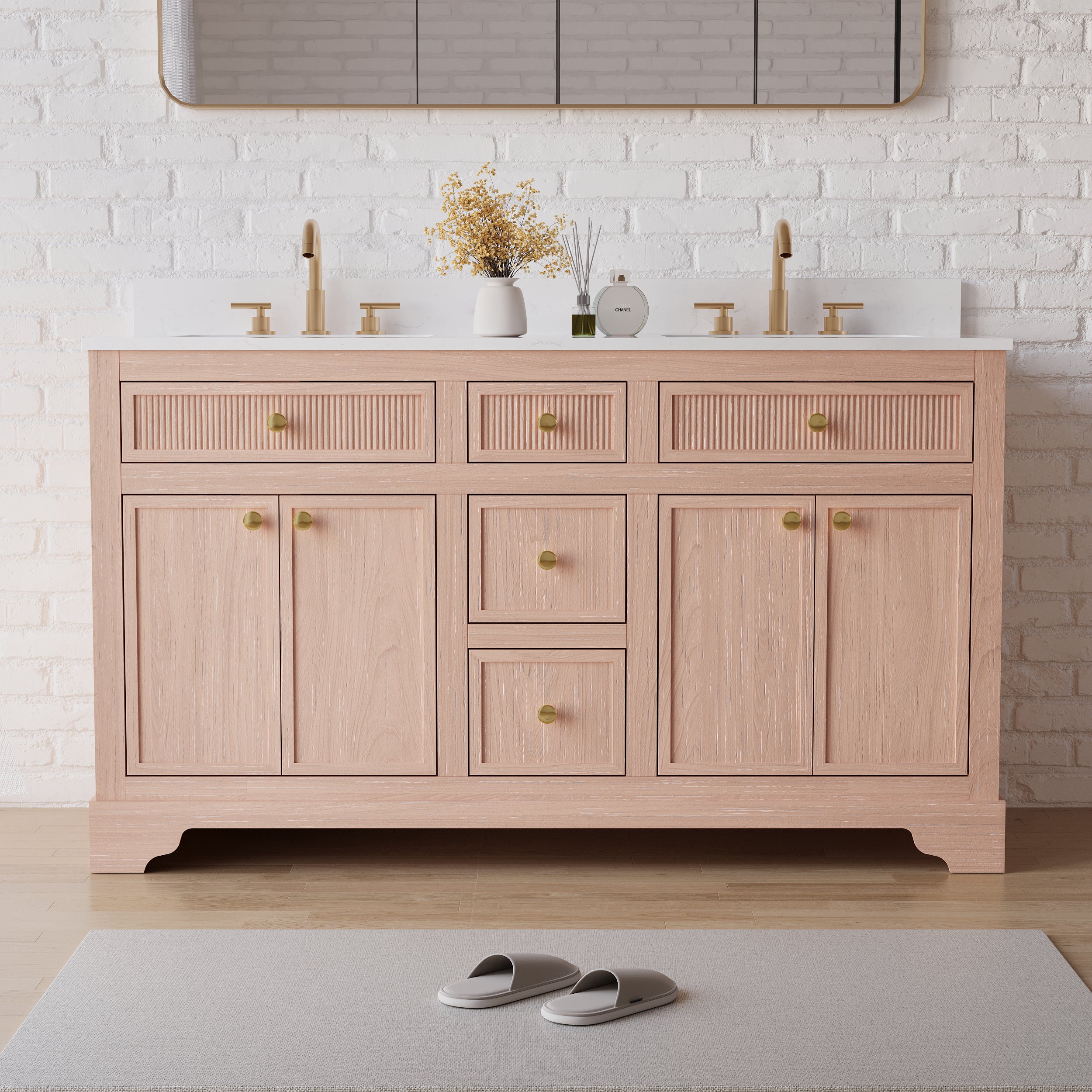
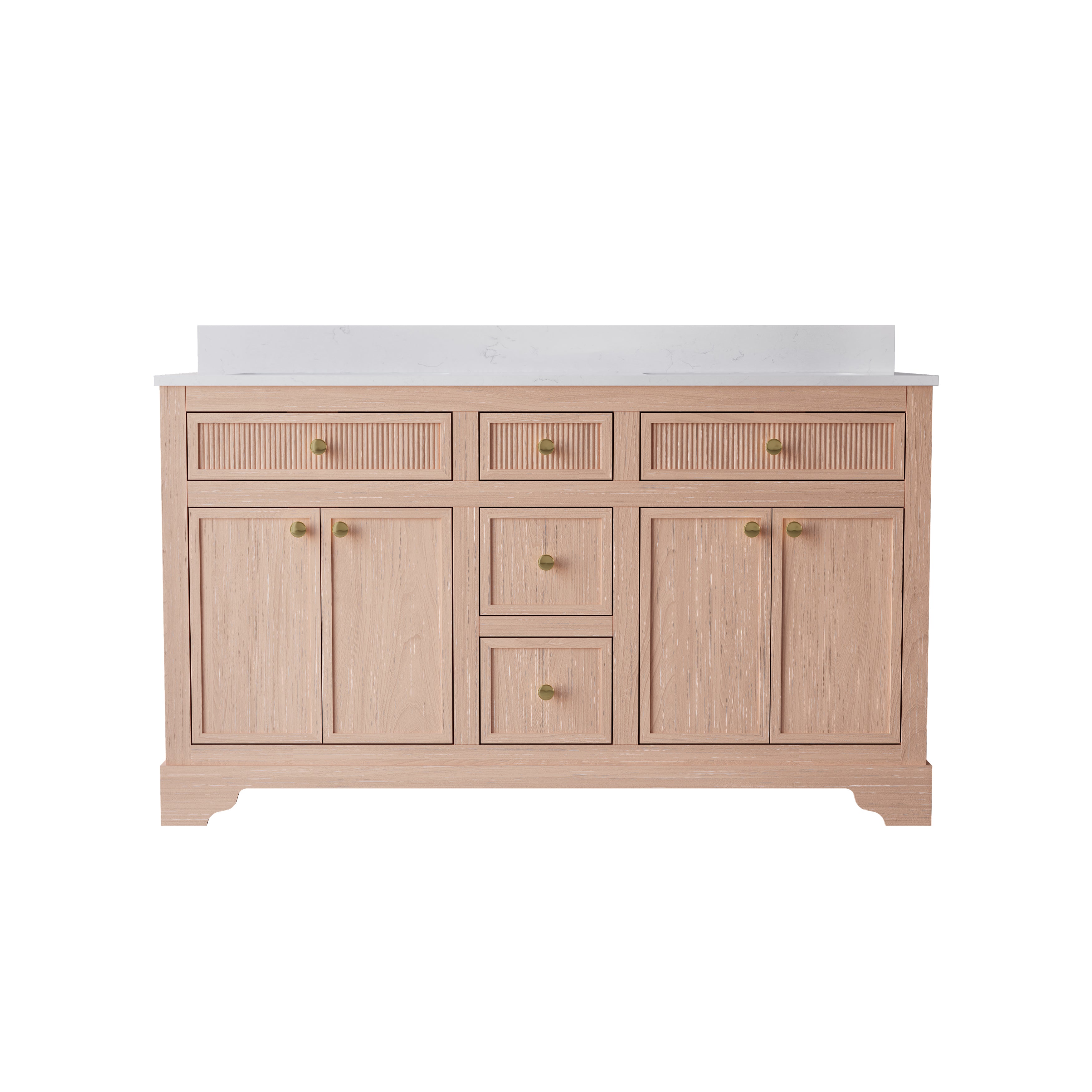
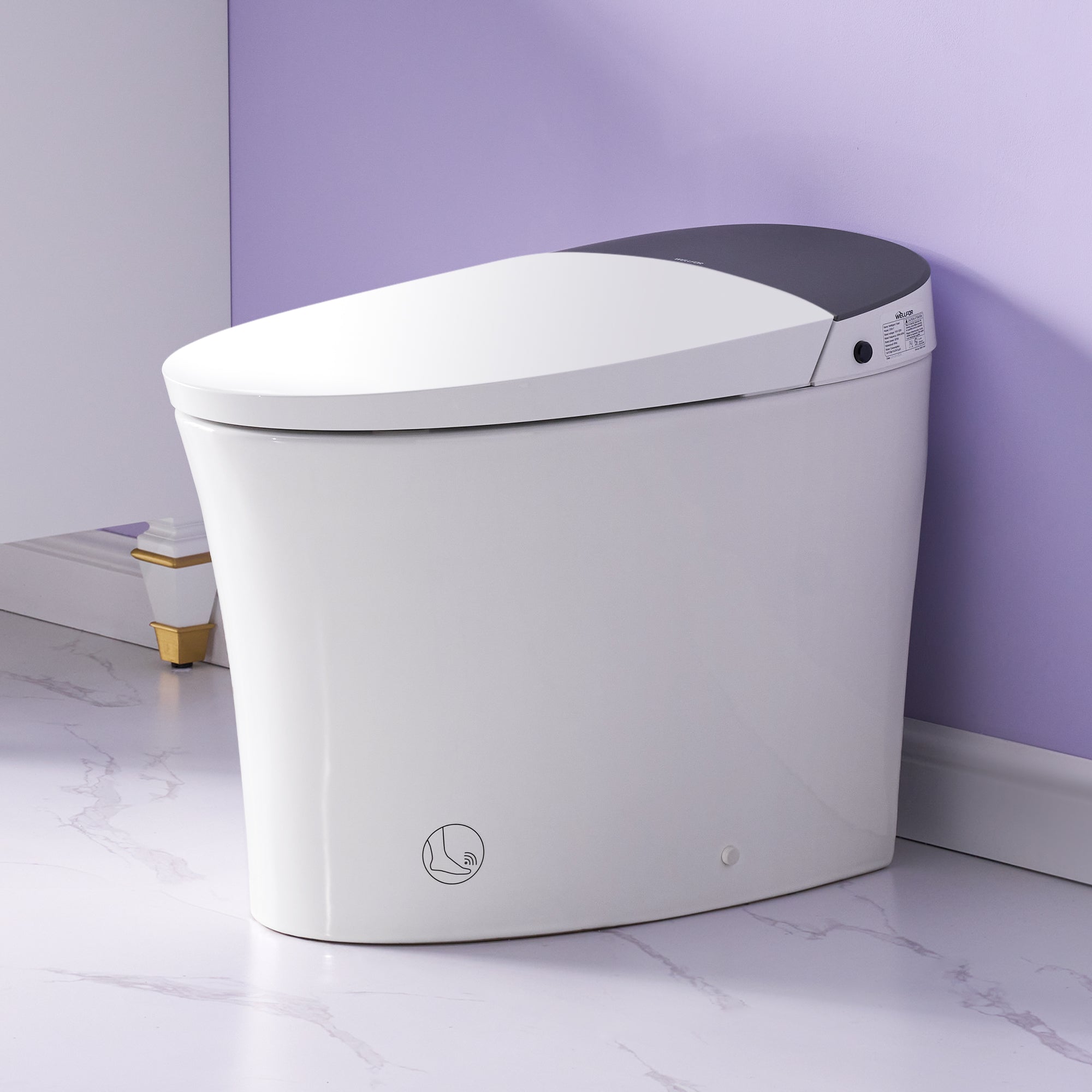
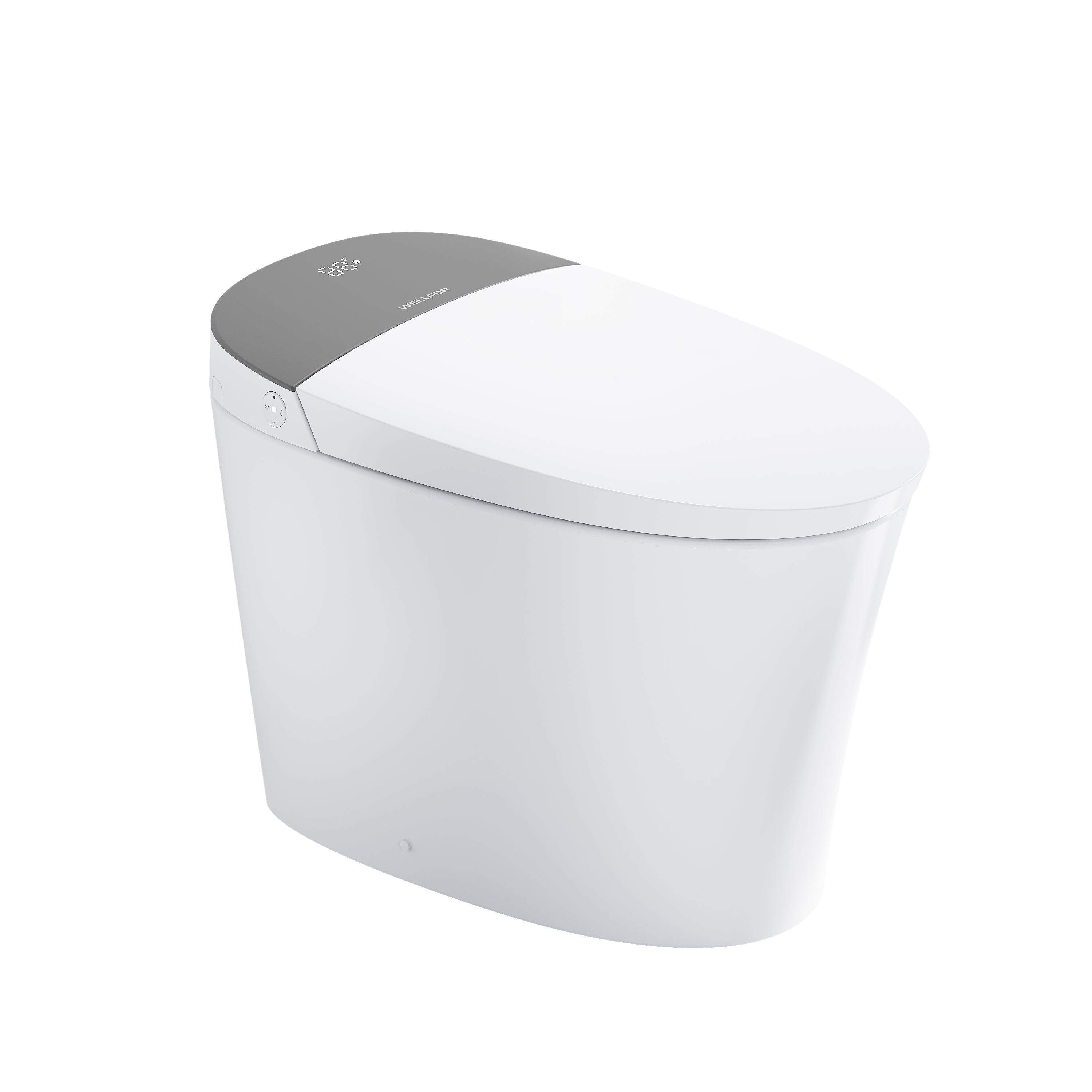
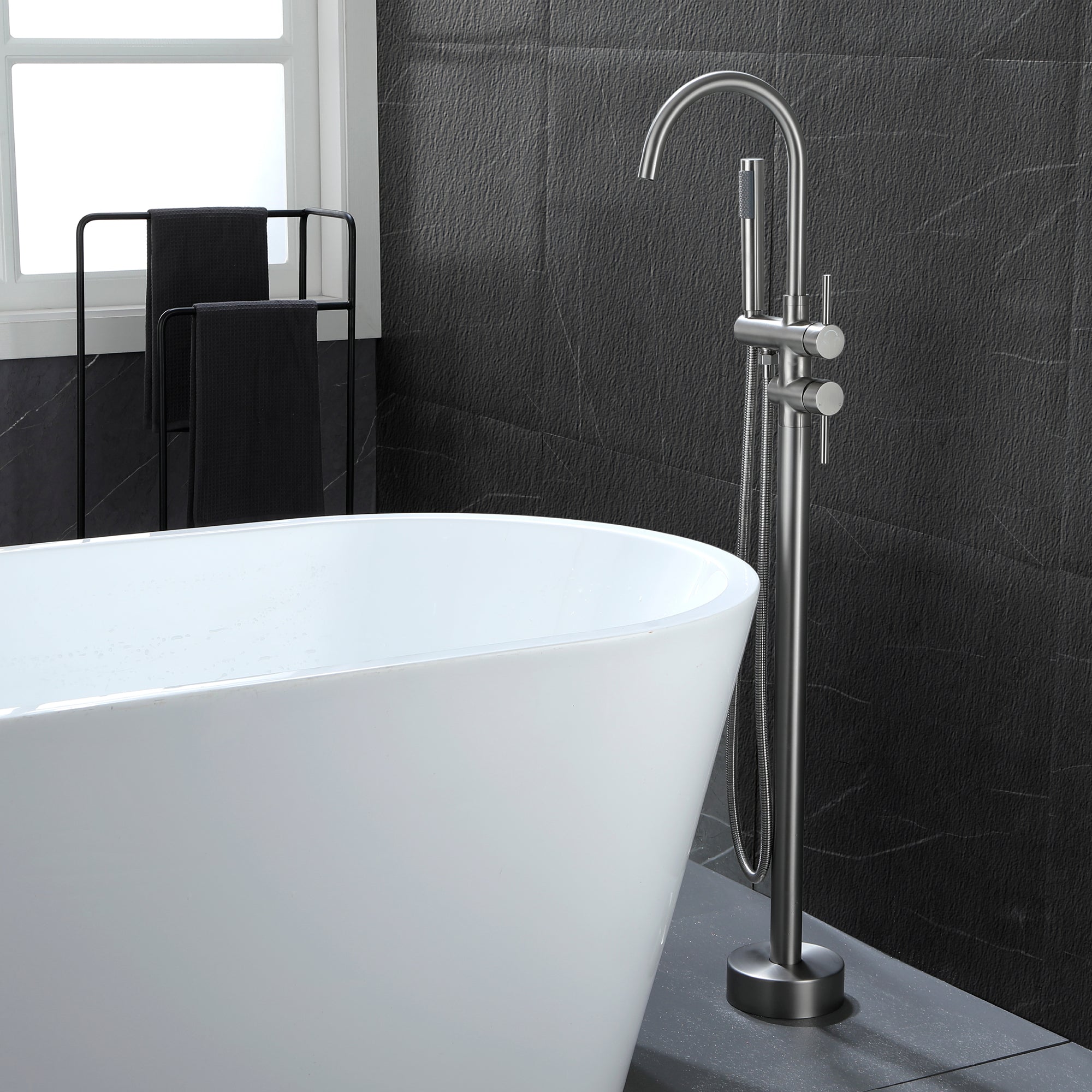

Leave a comment
This site is protected by hCaptcha and the hCaptcha Privacy Policy and Terms of Service apply.